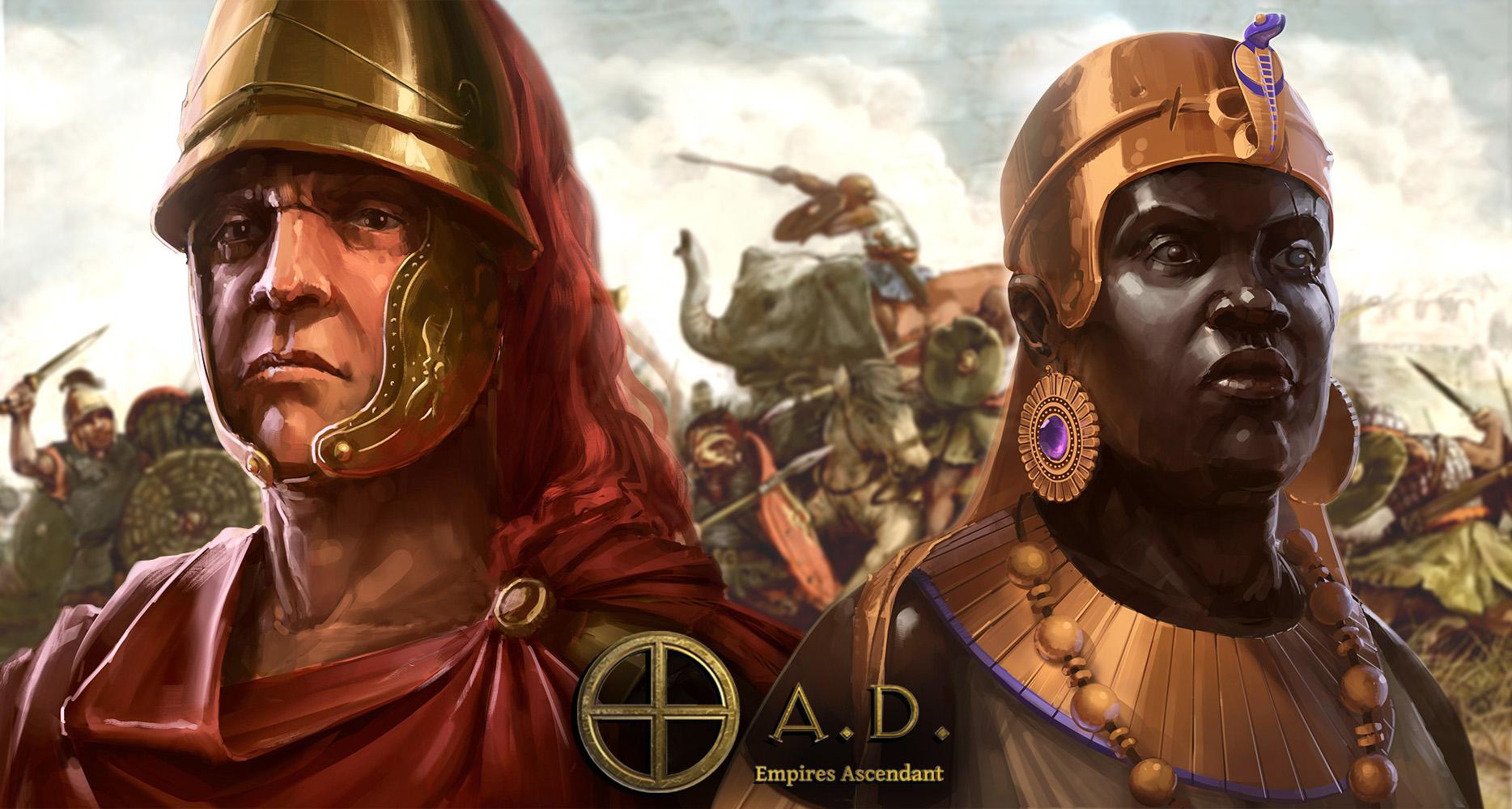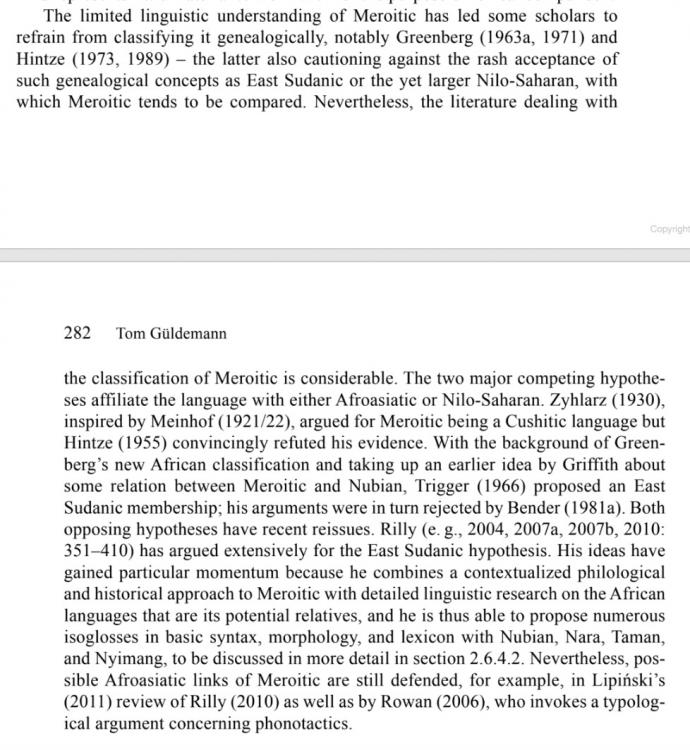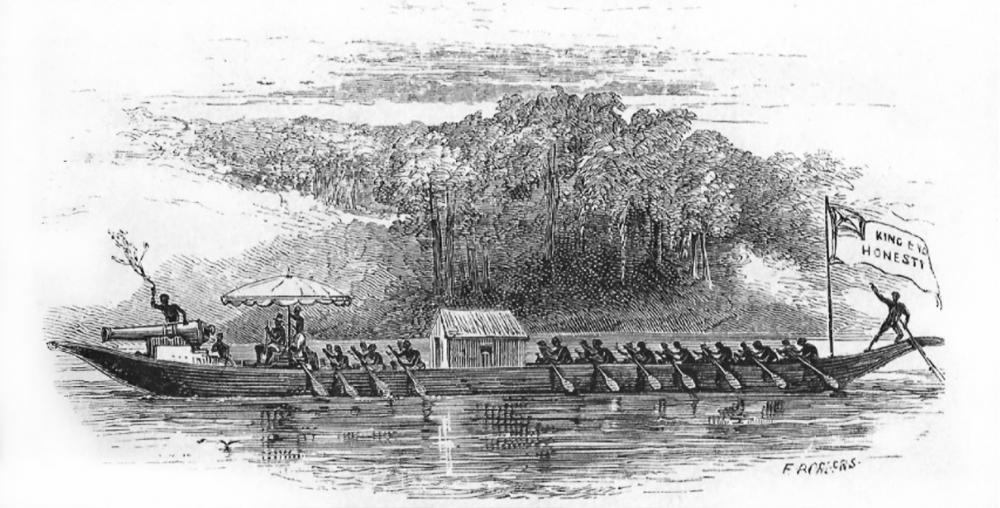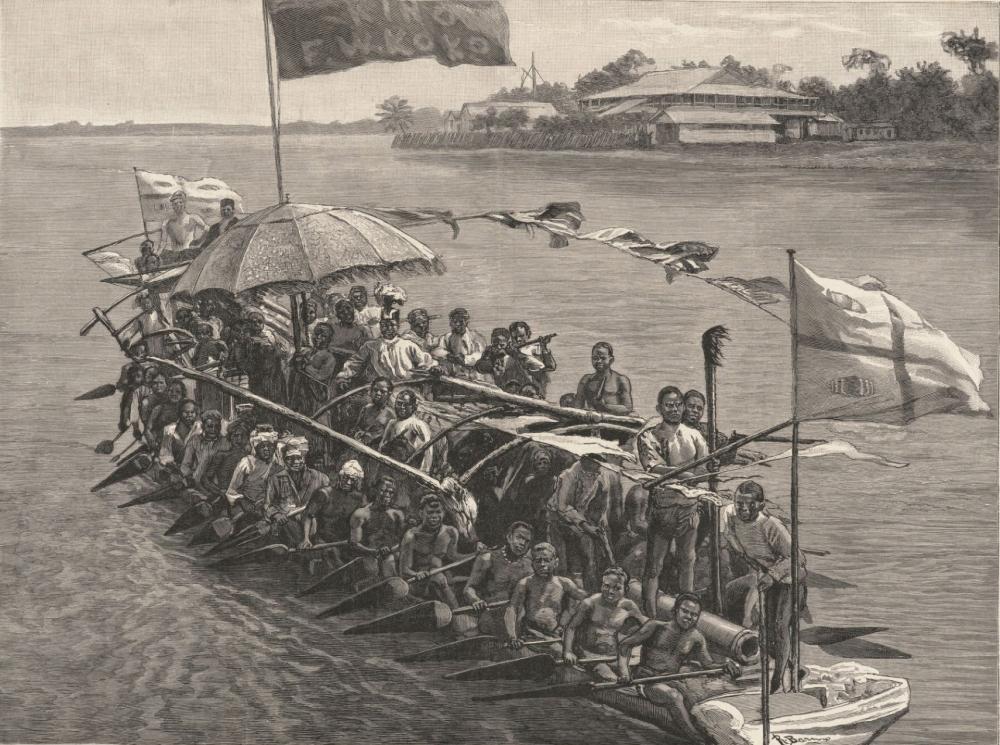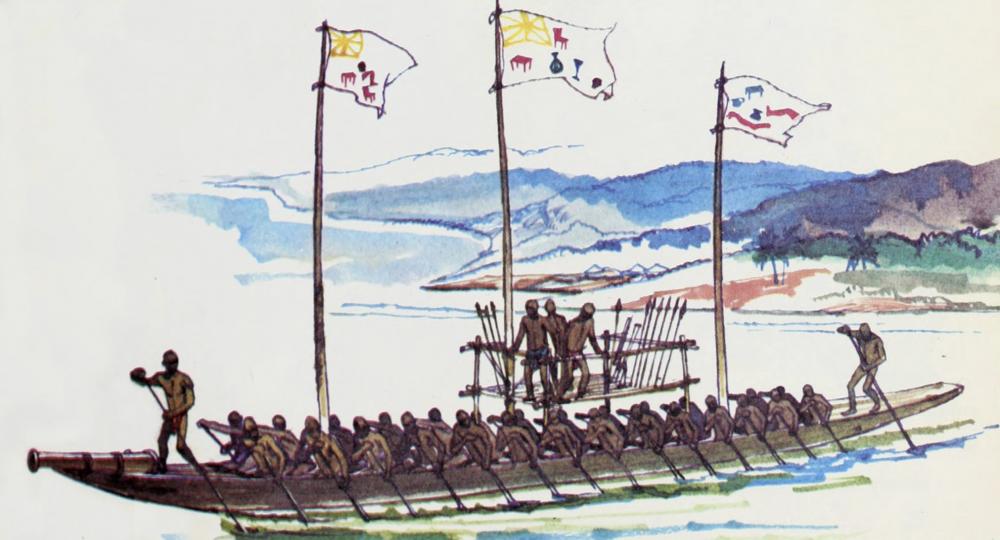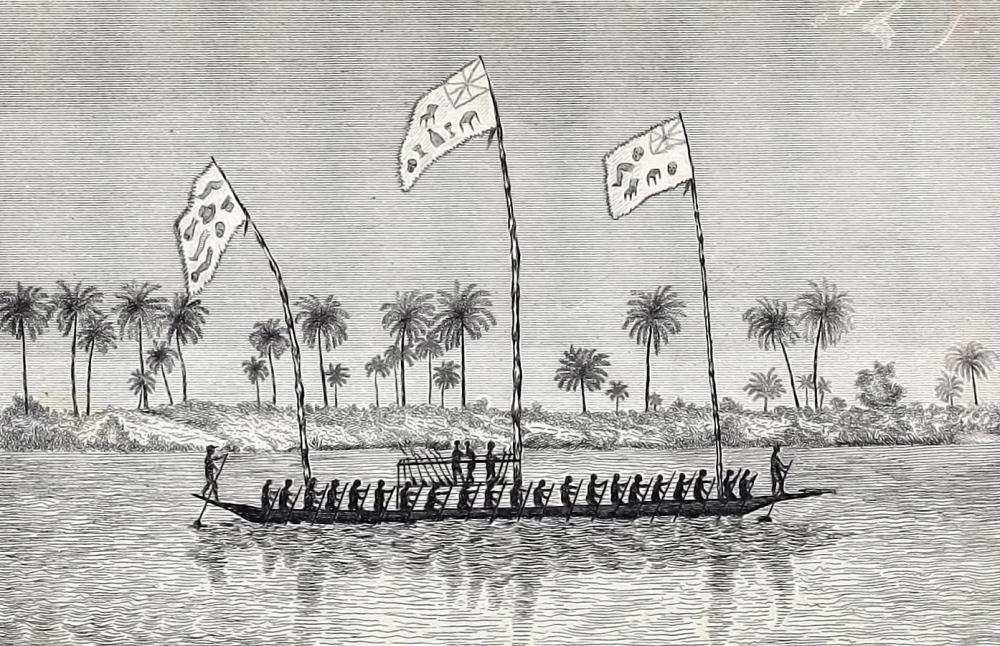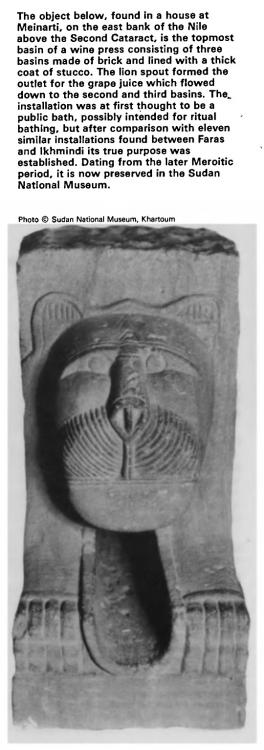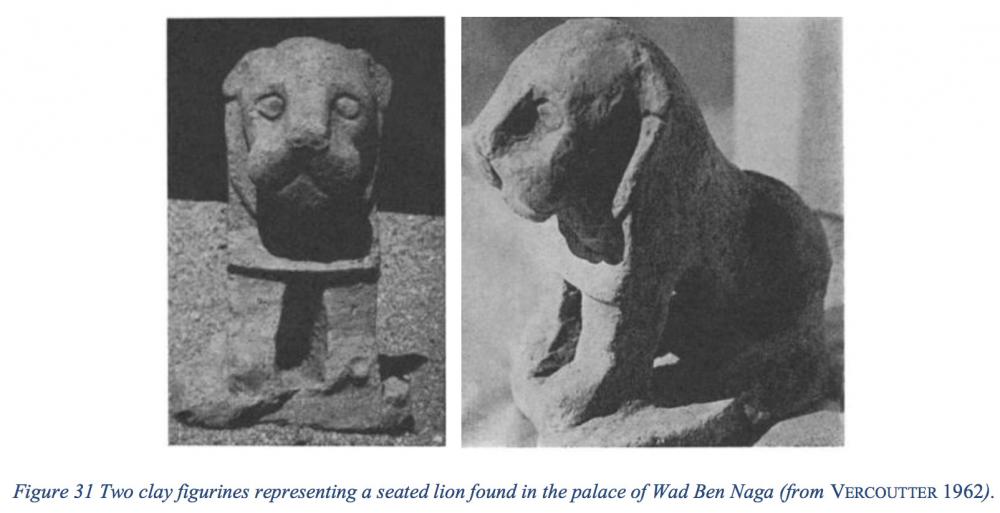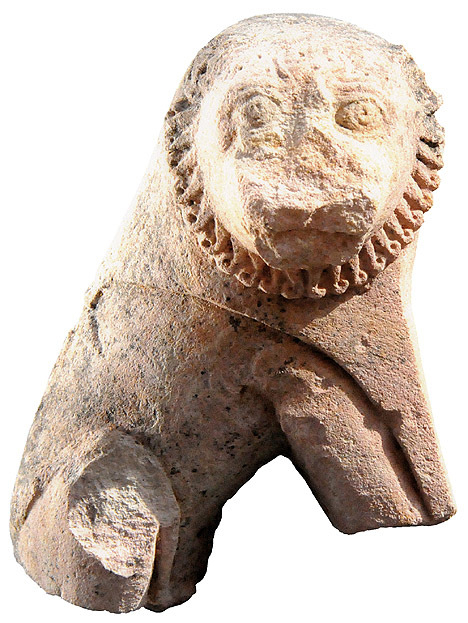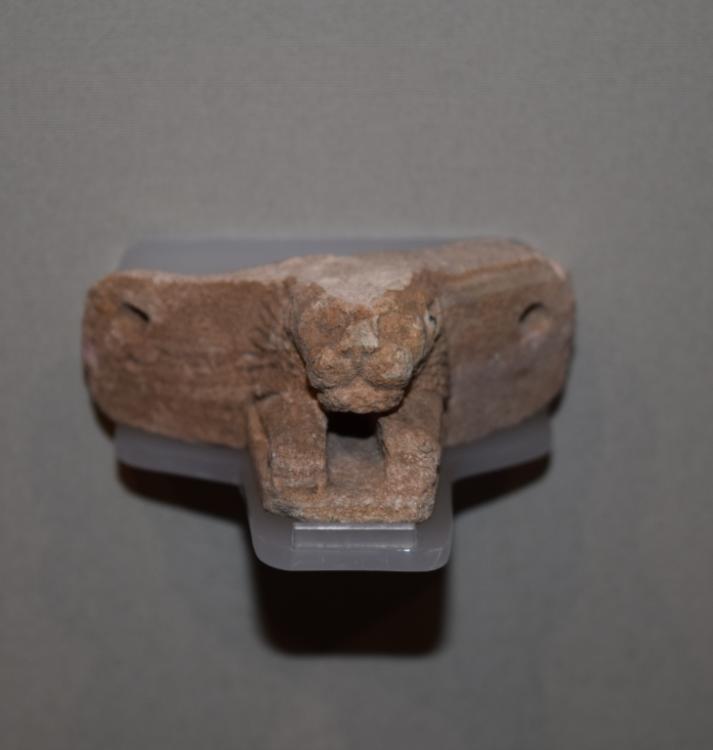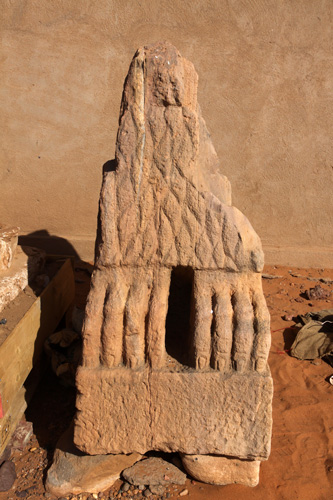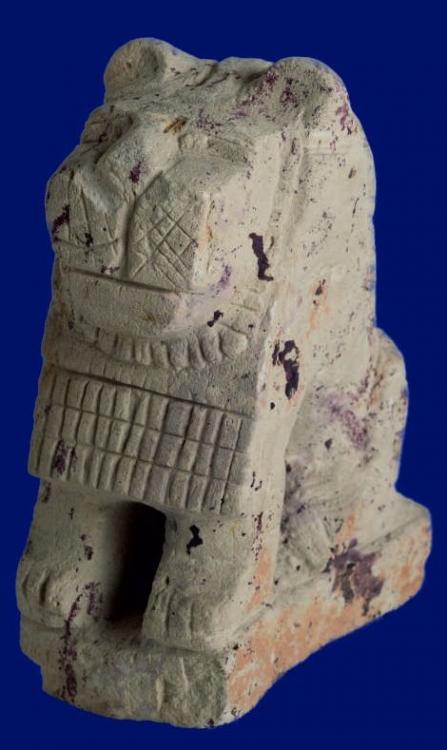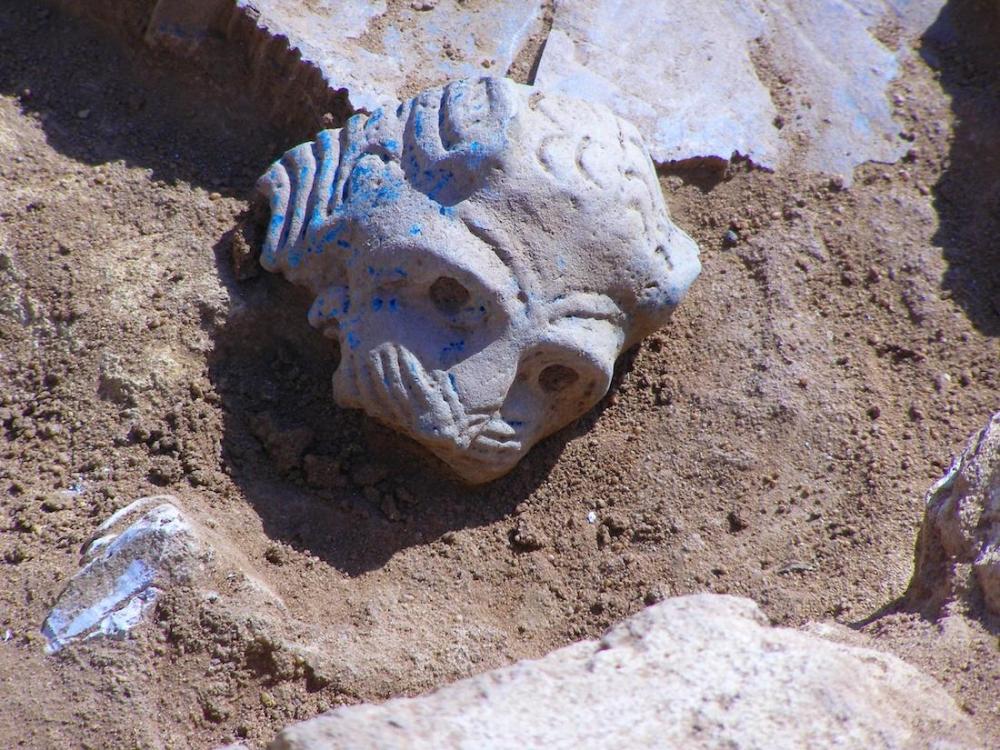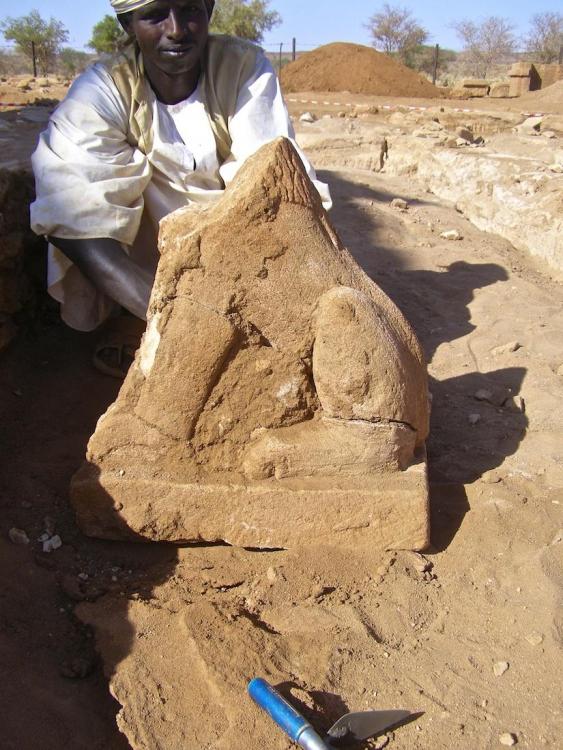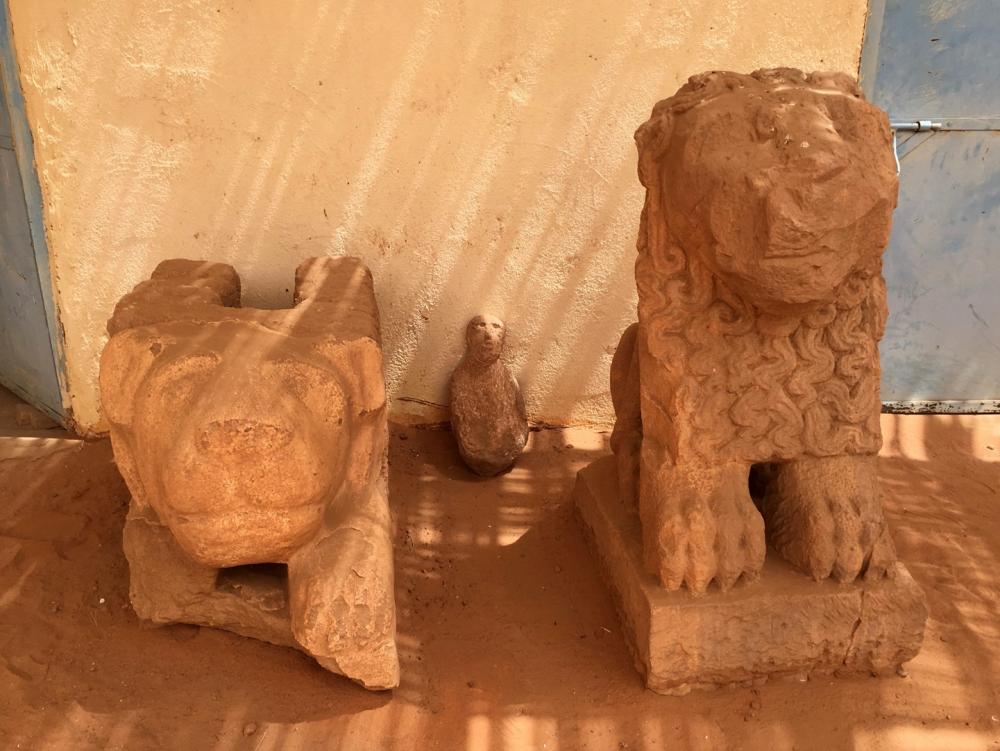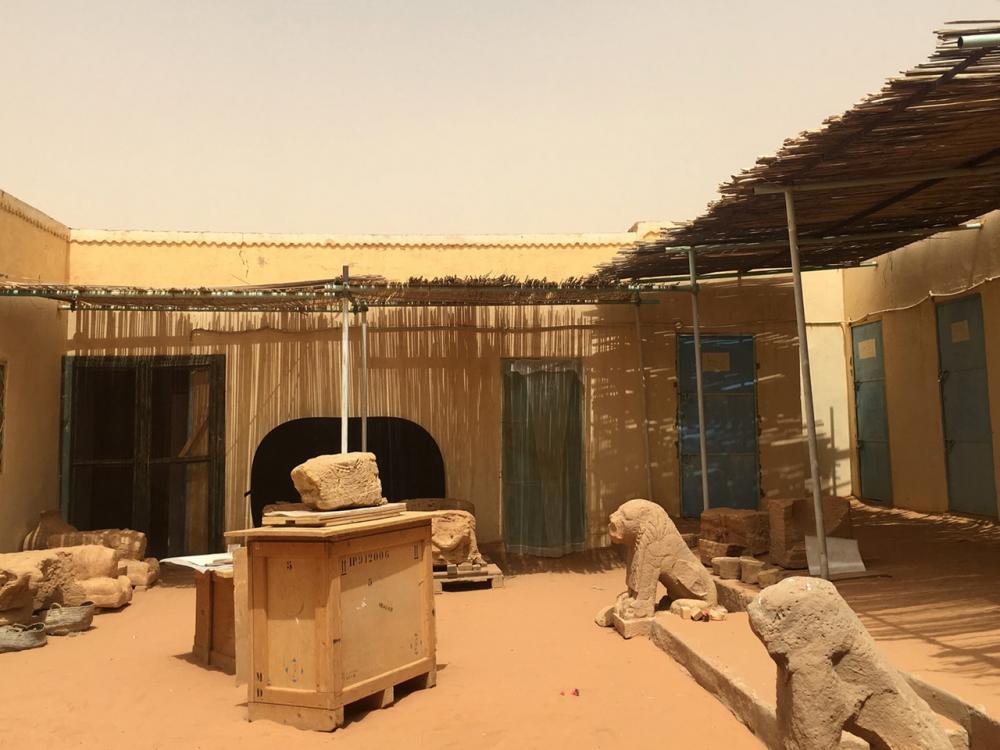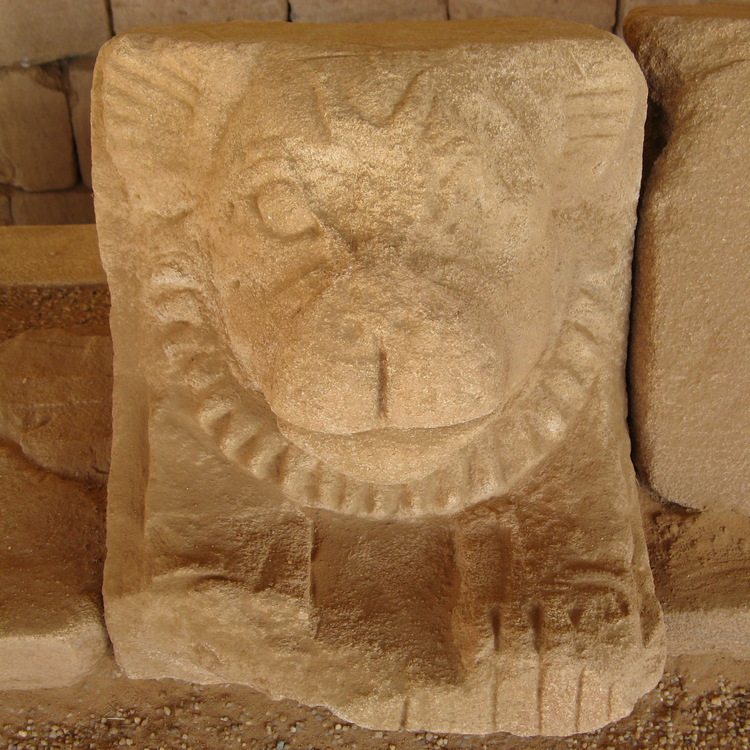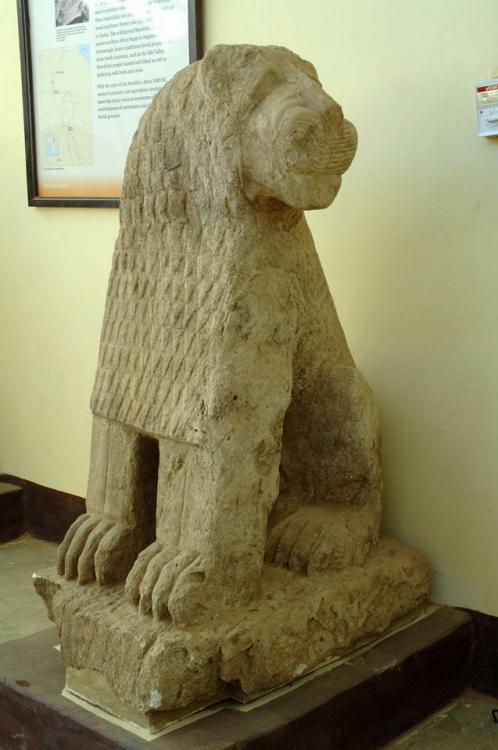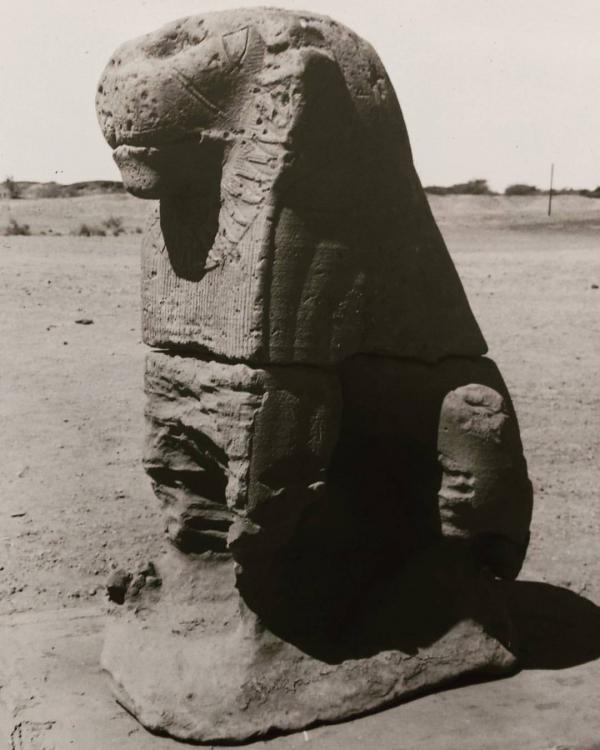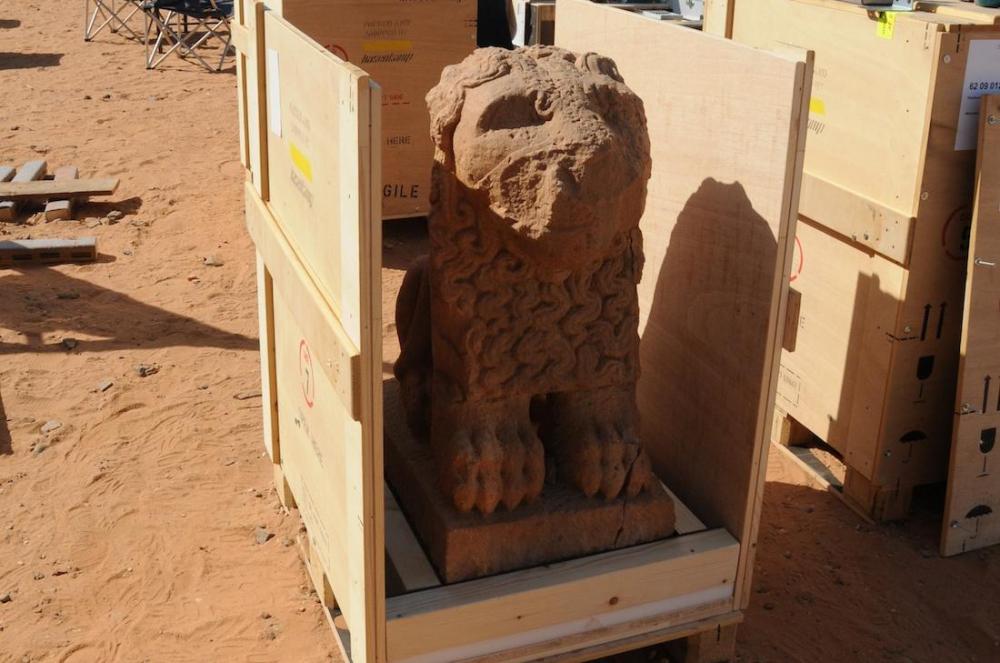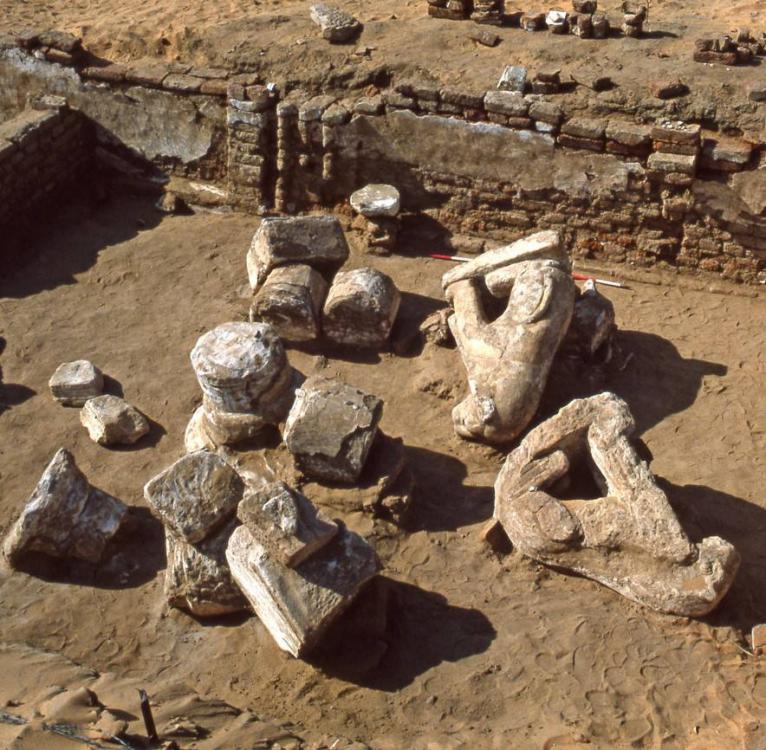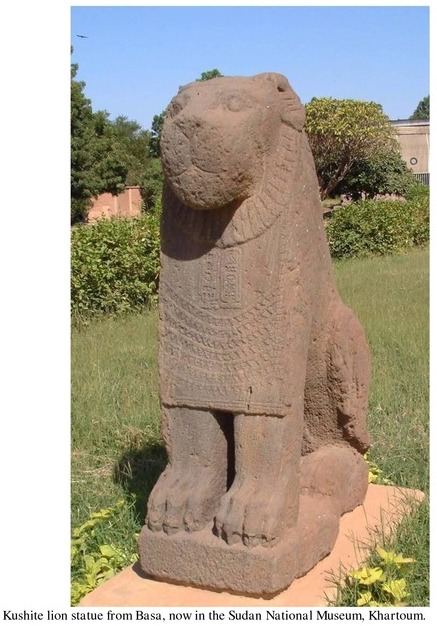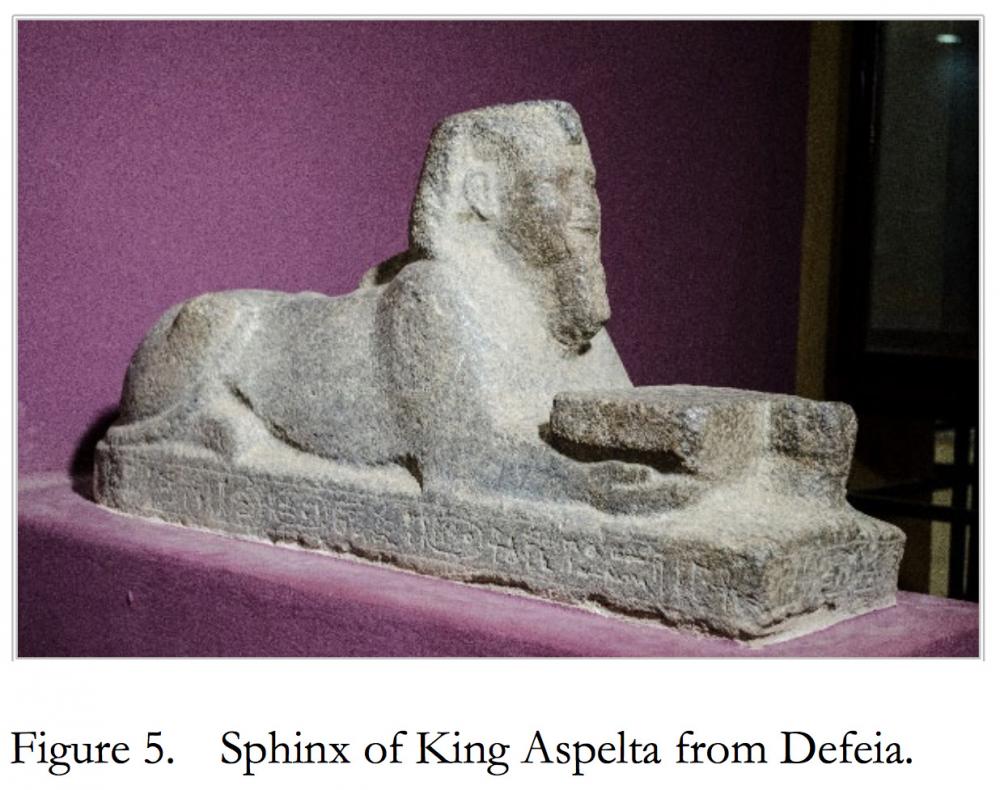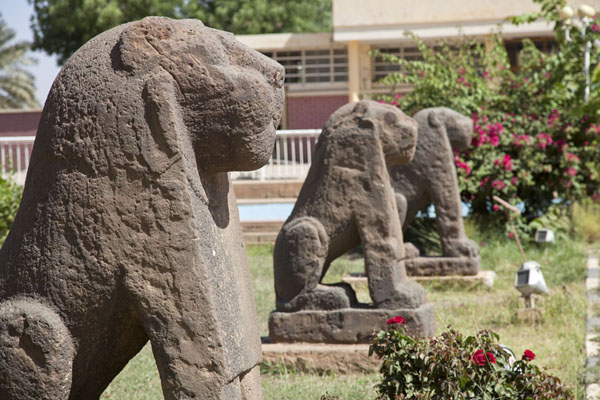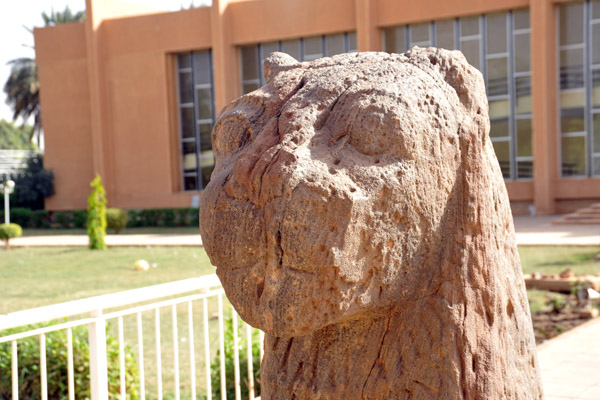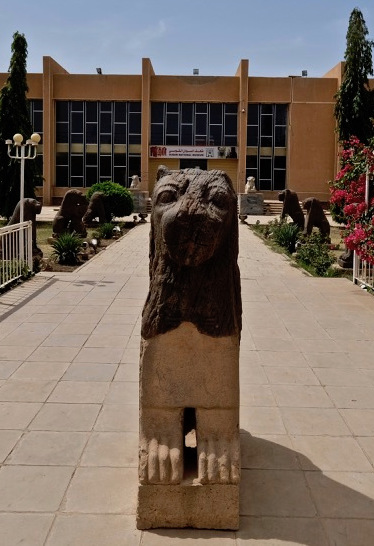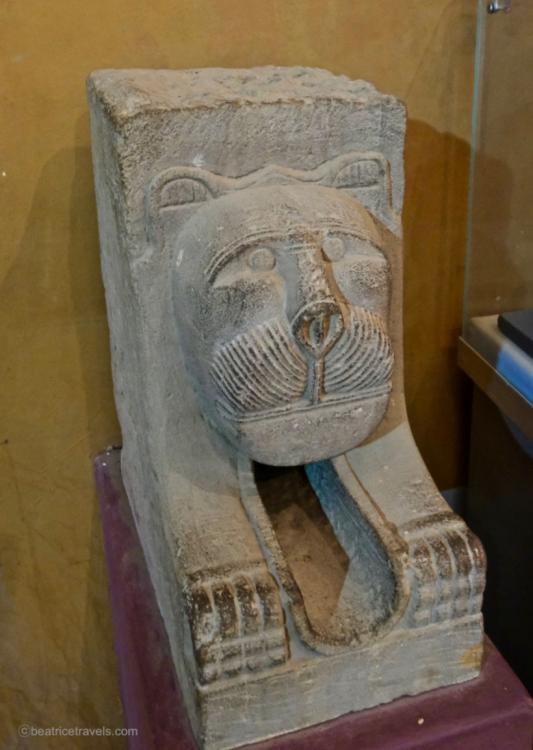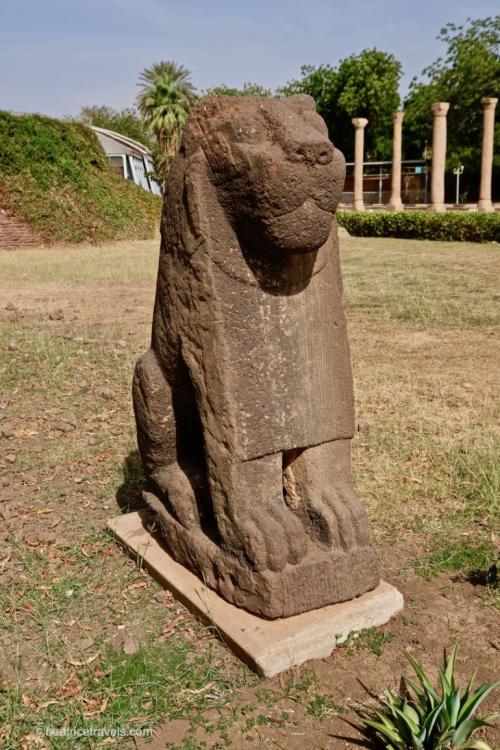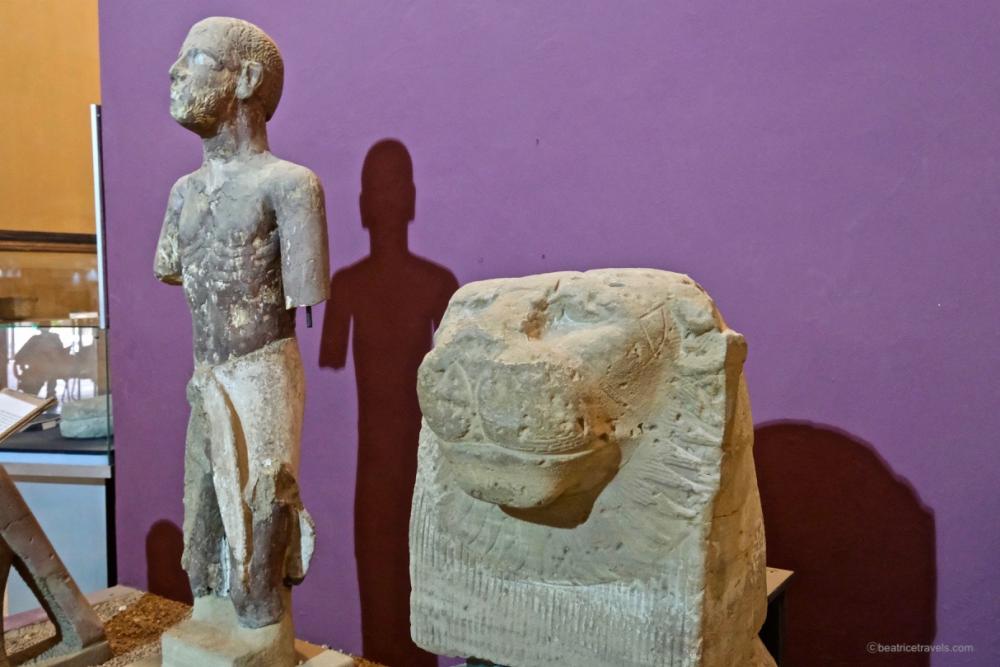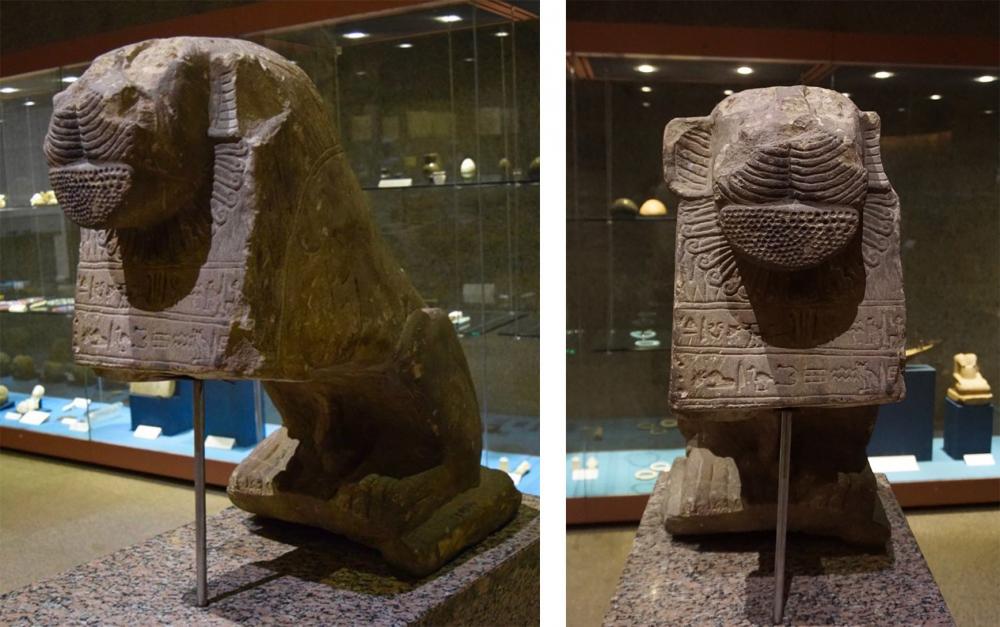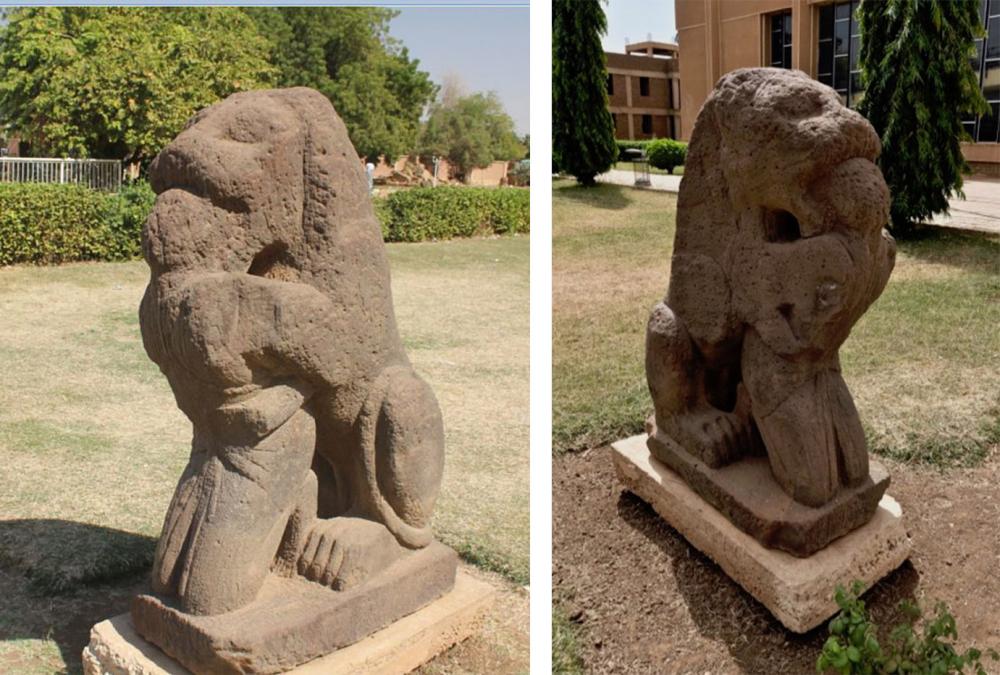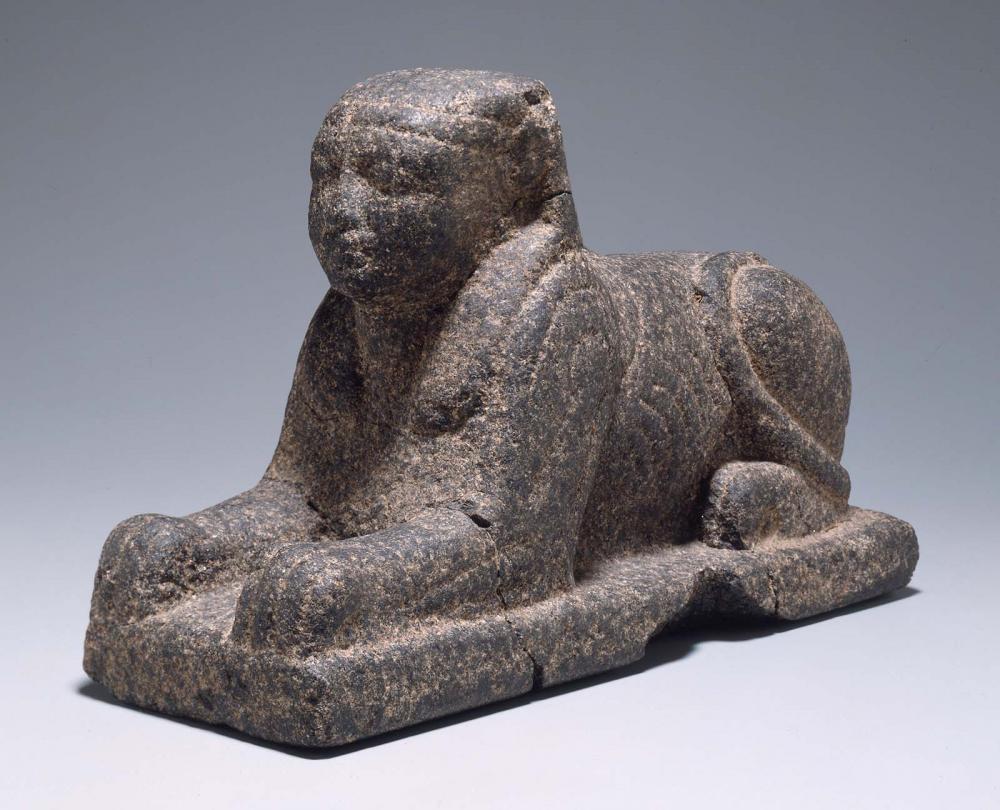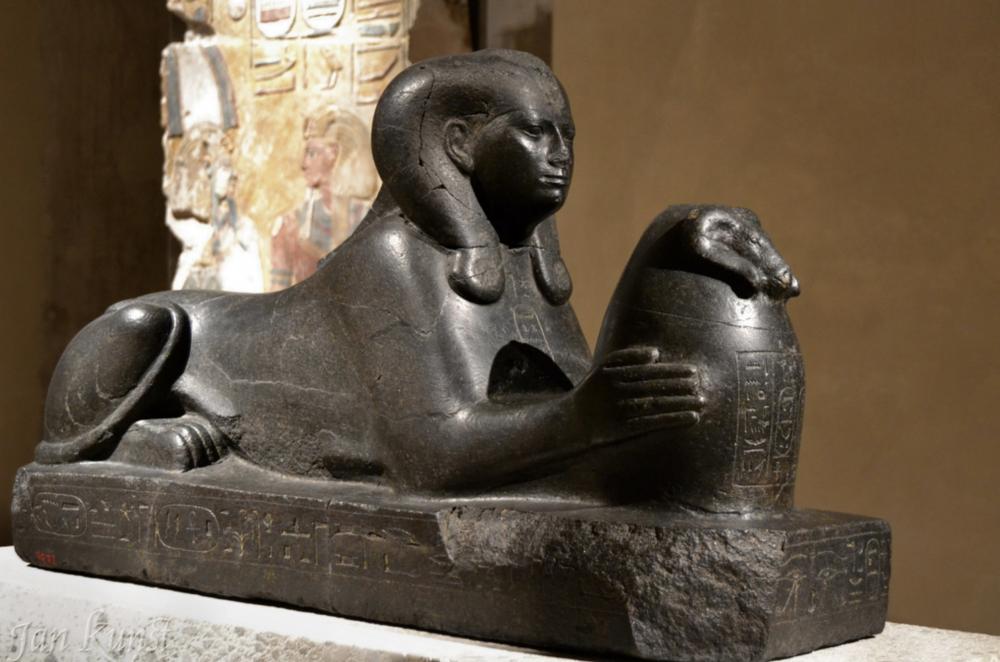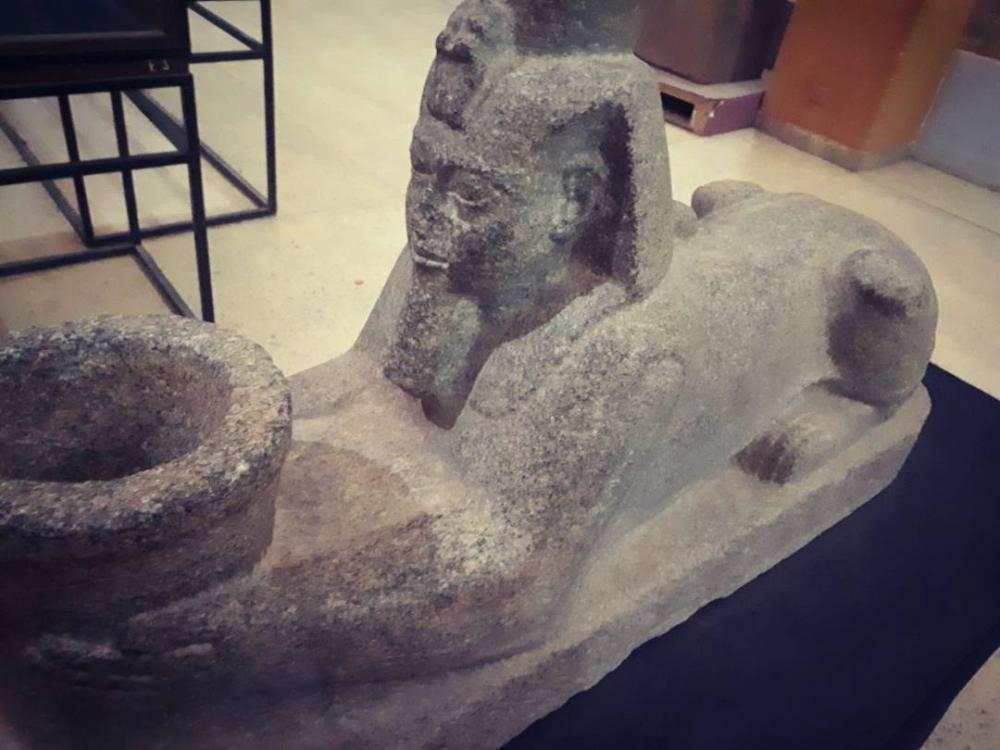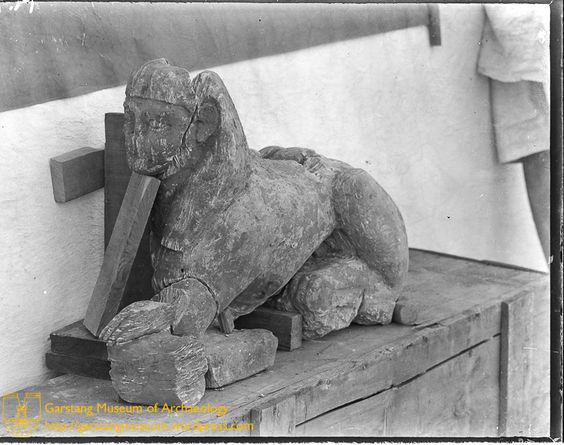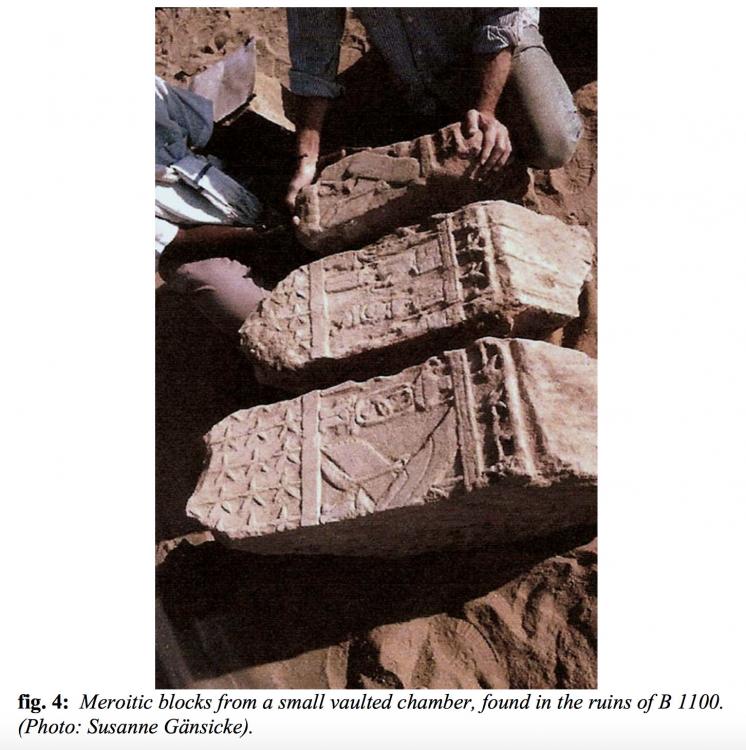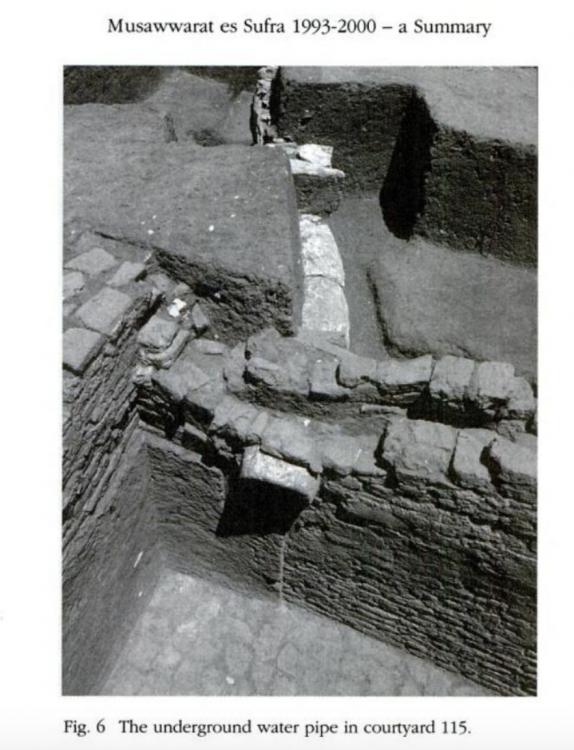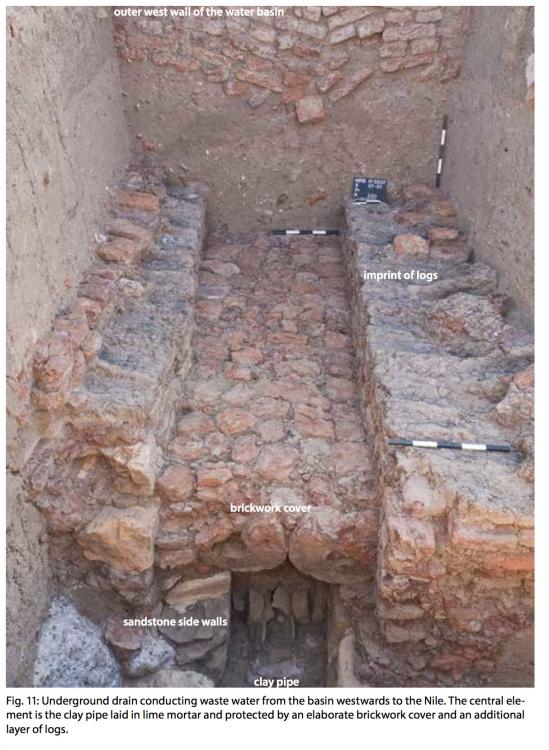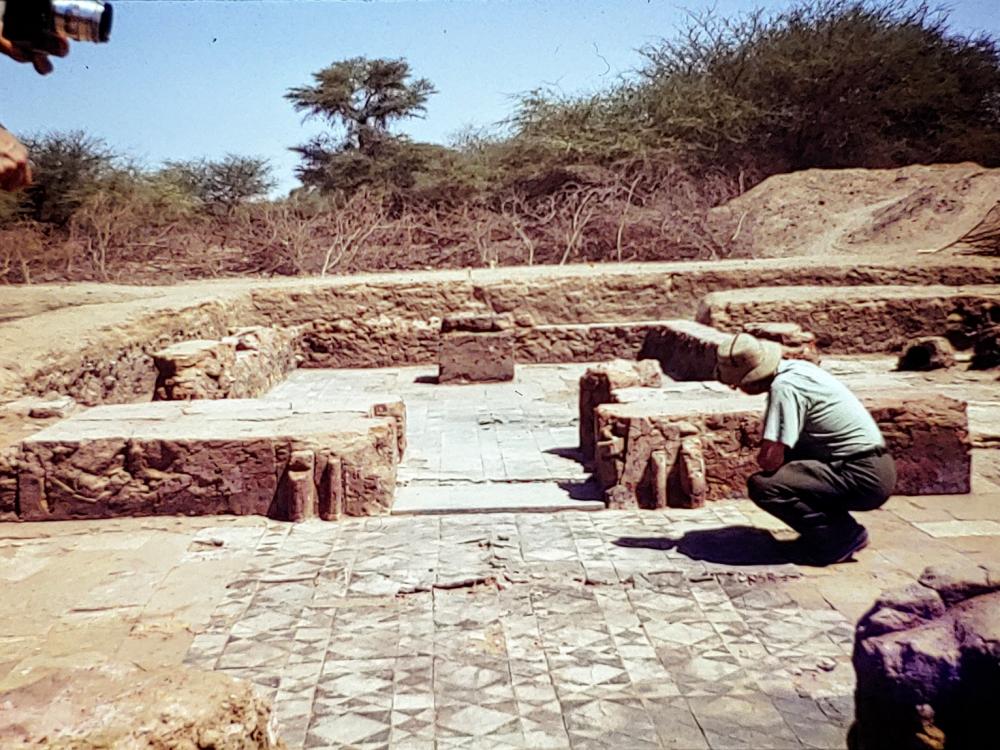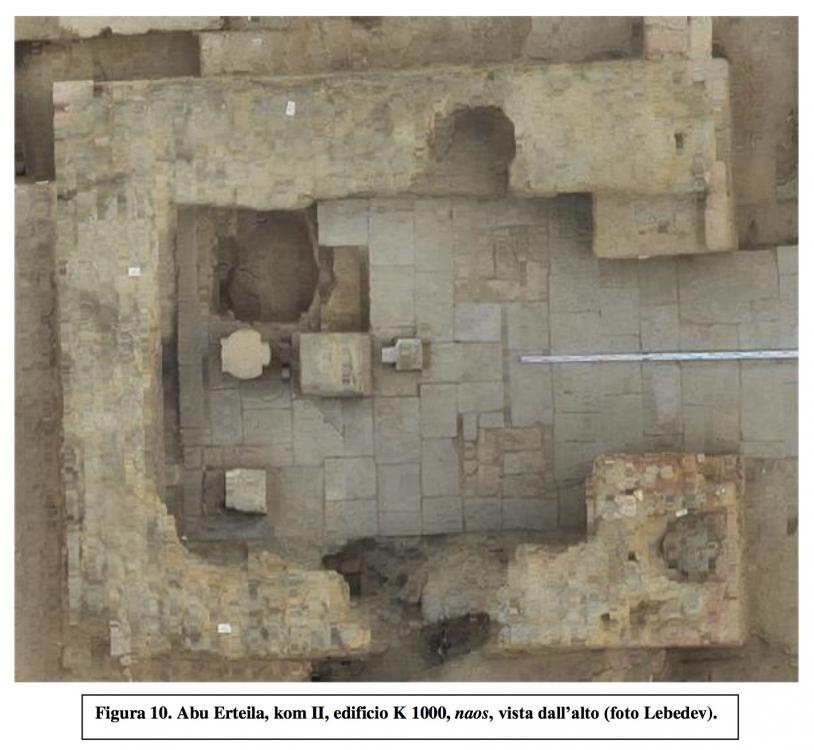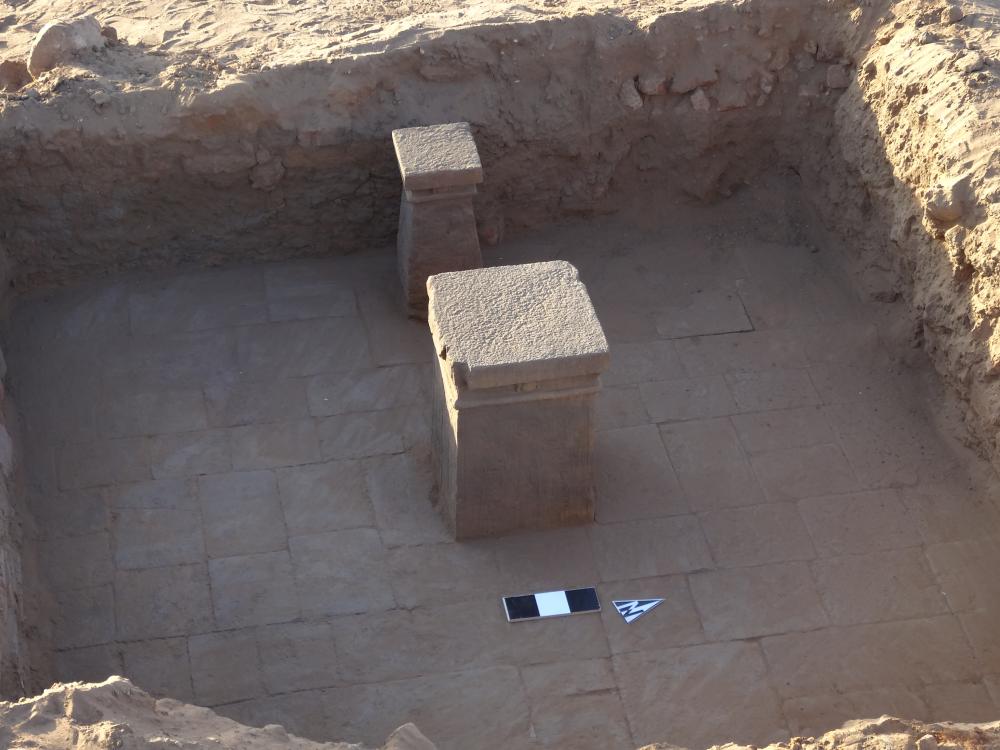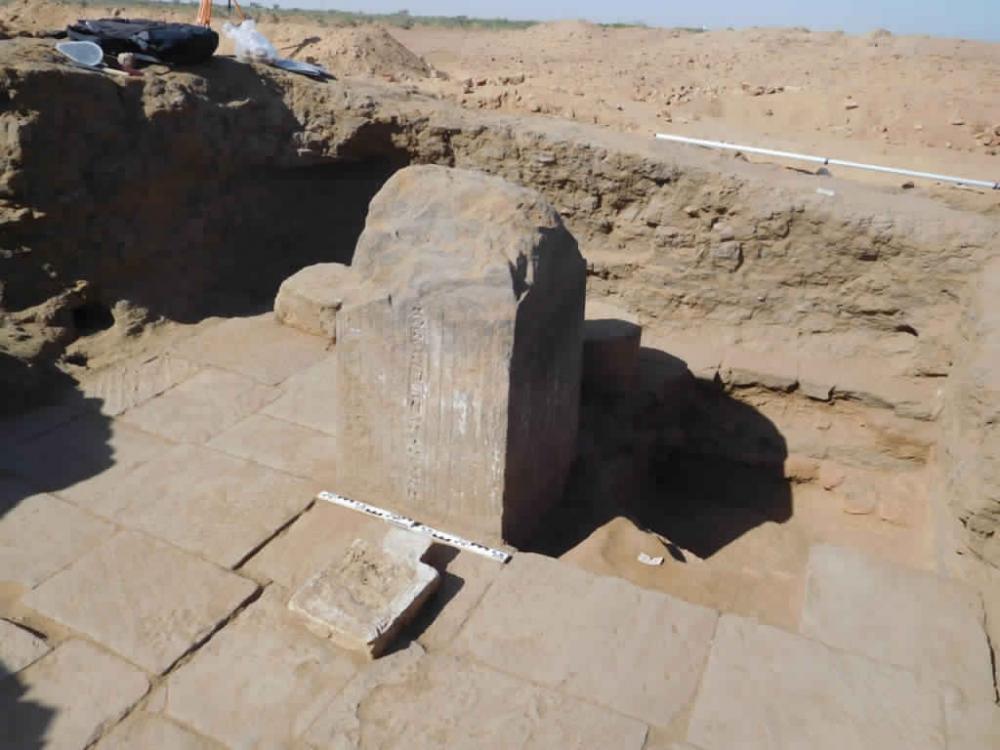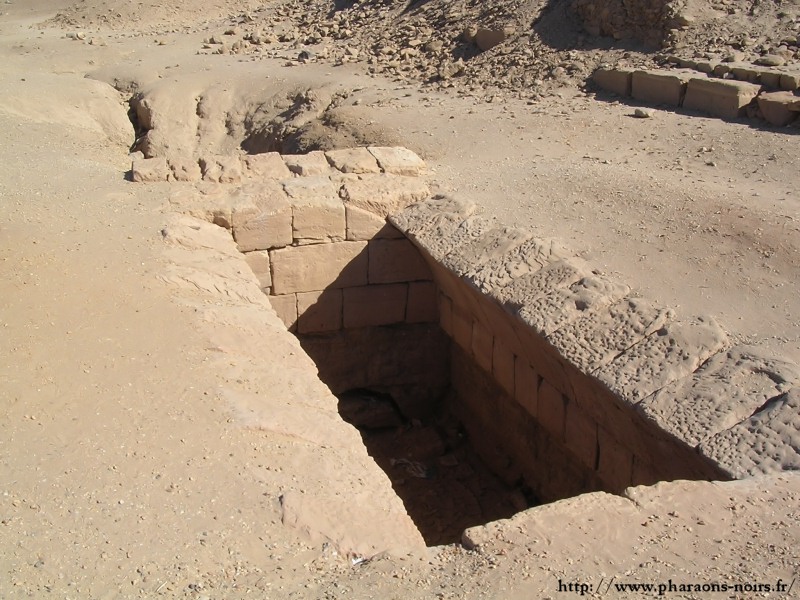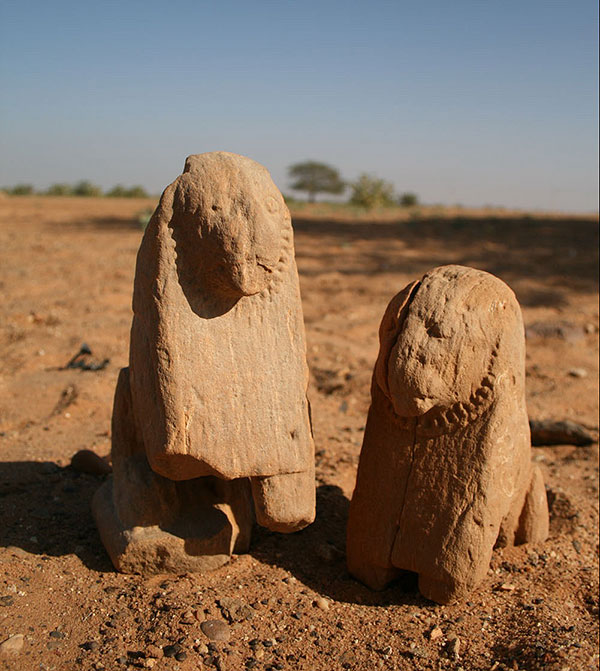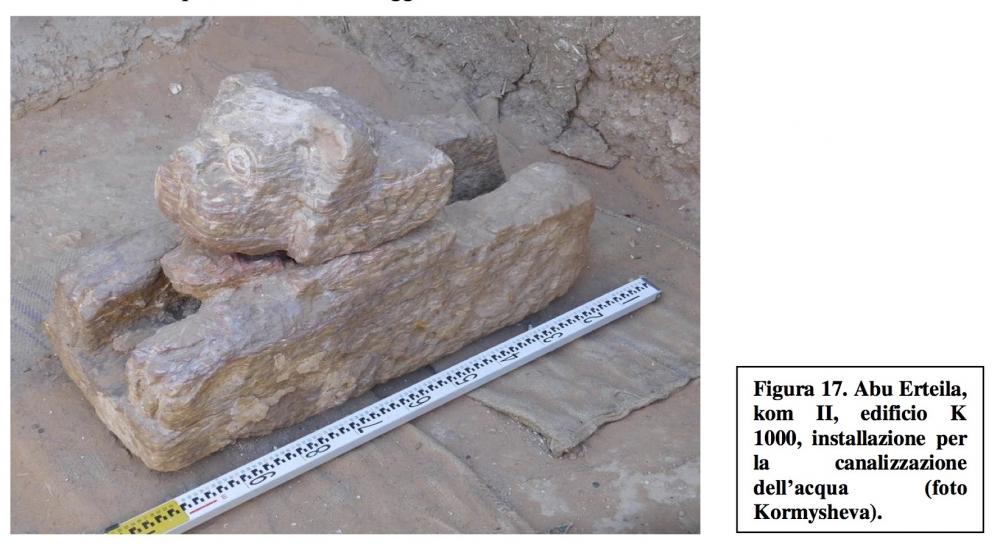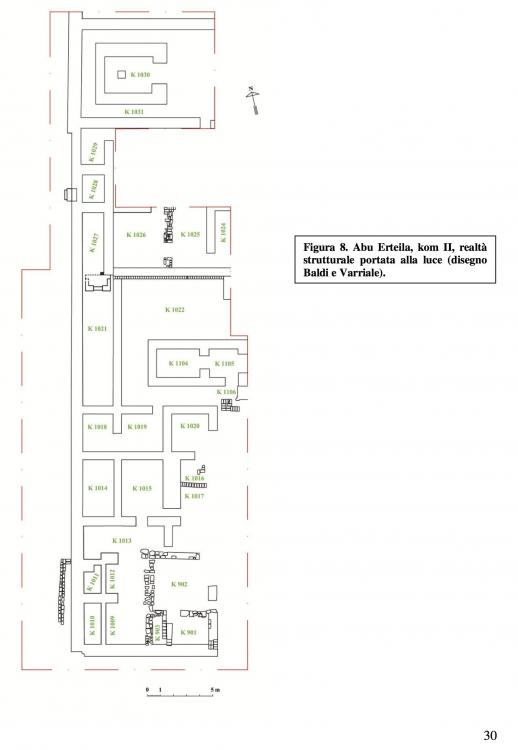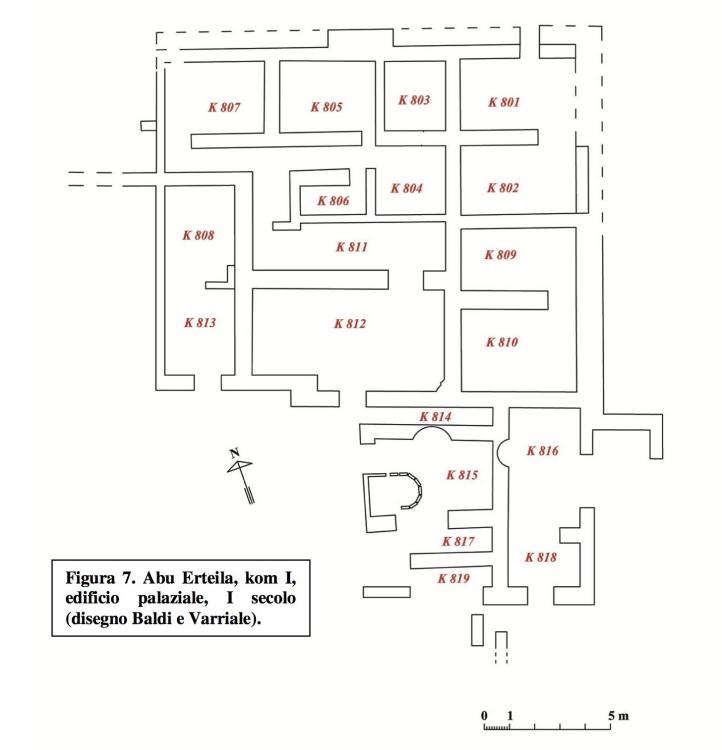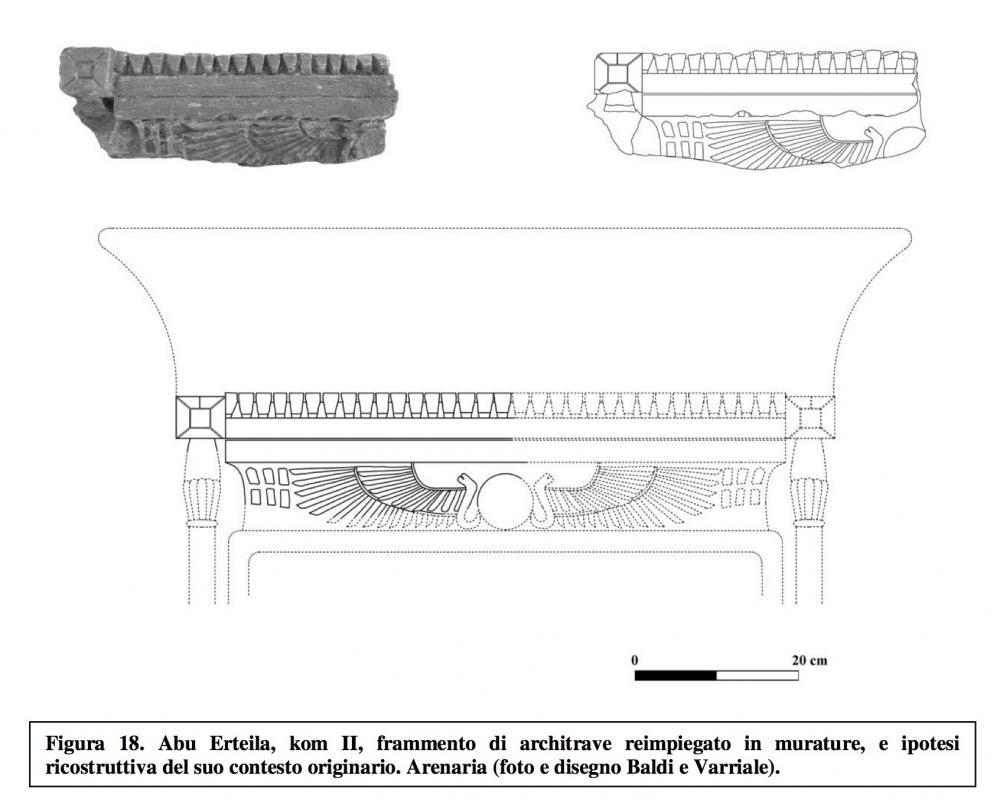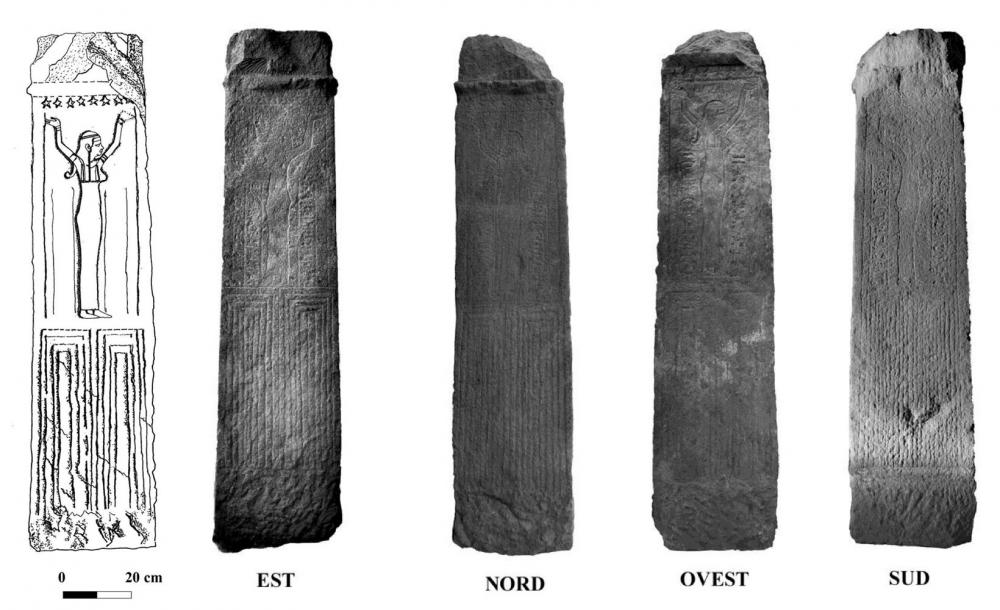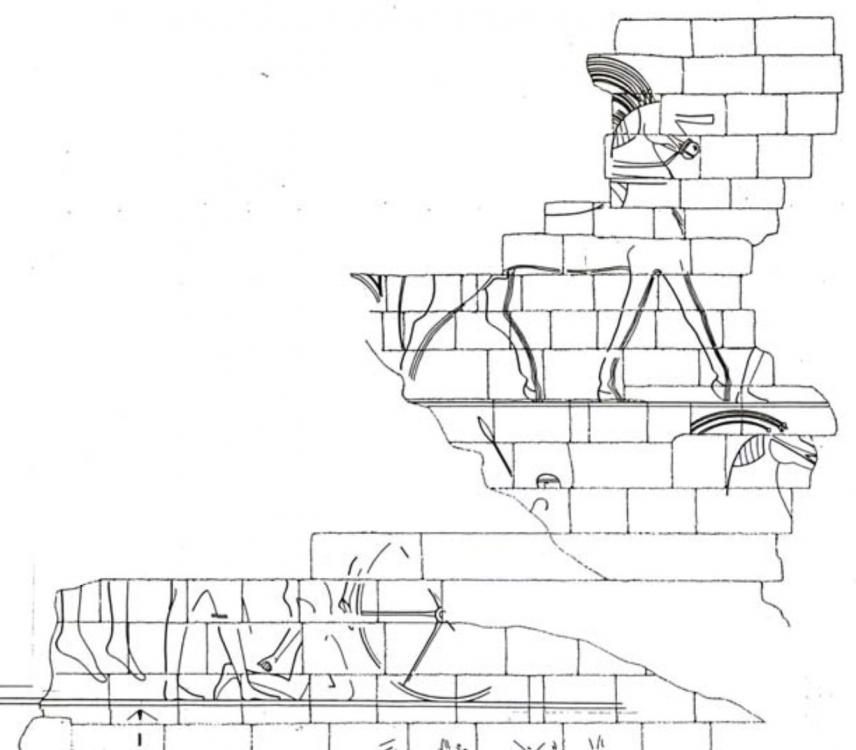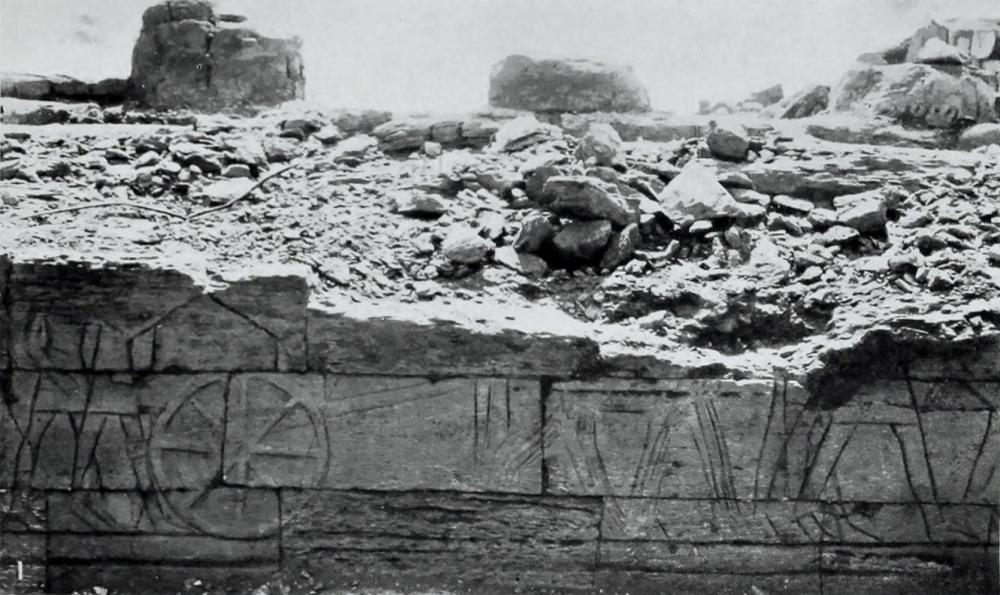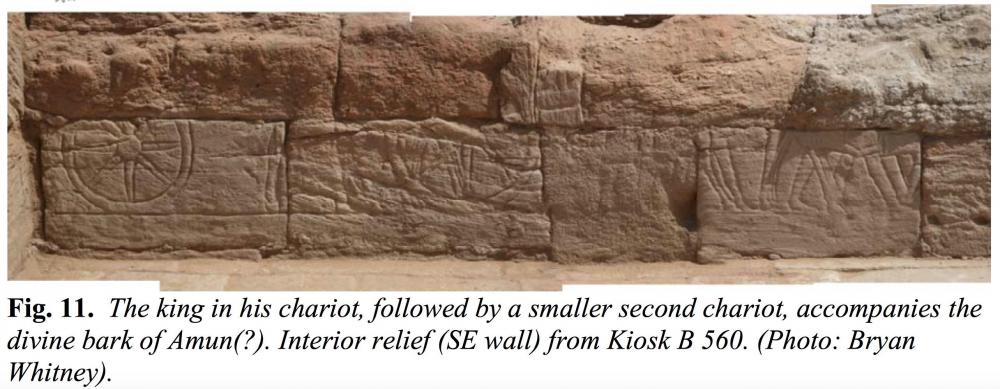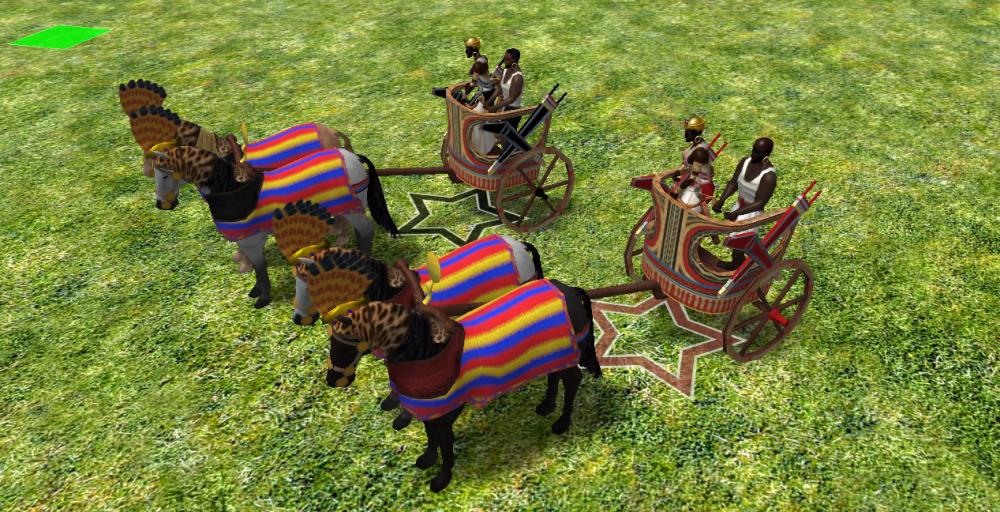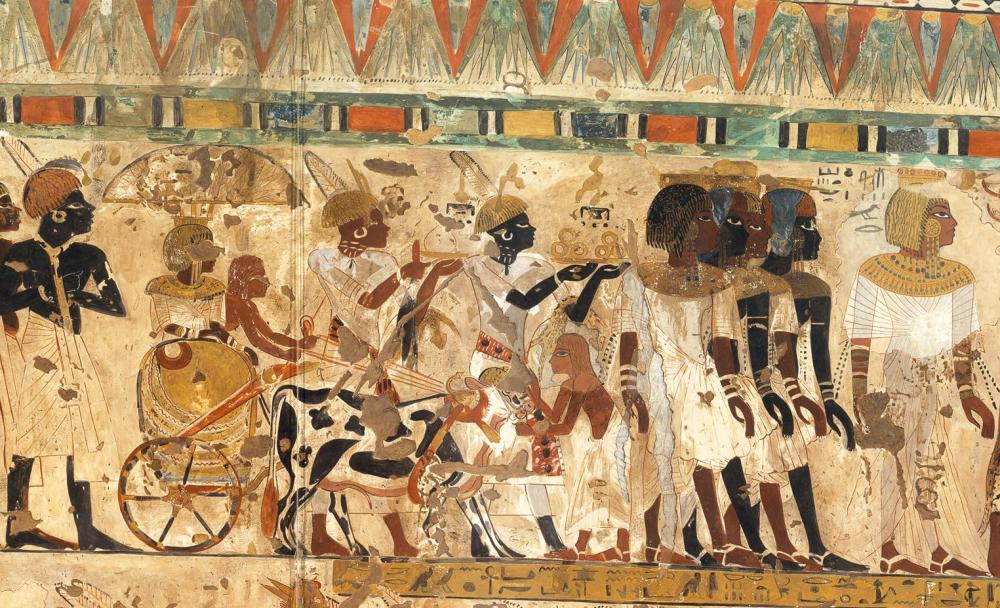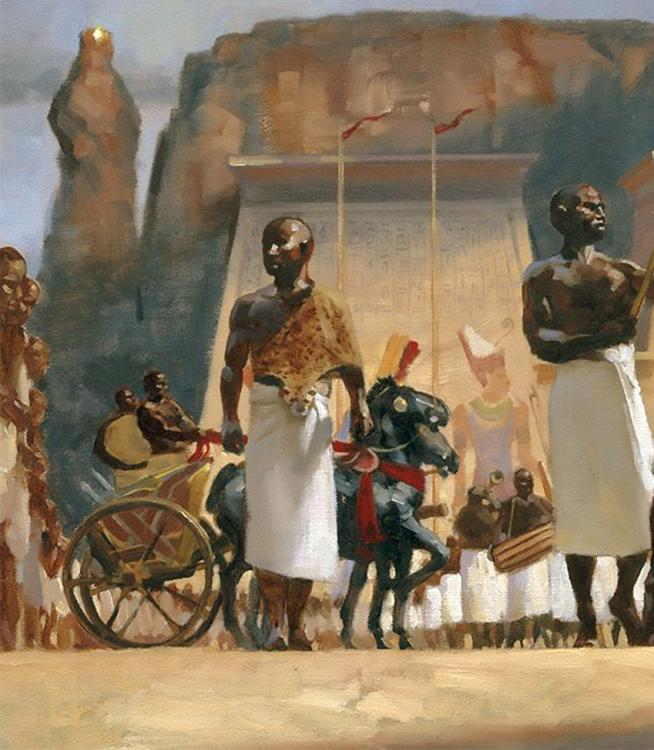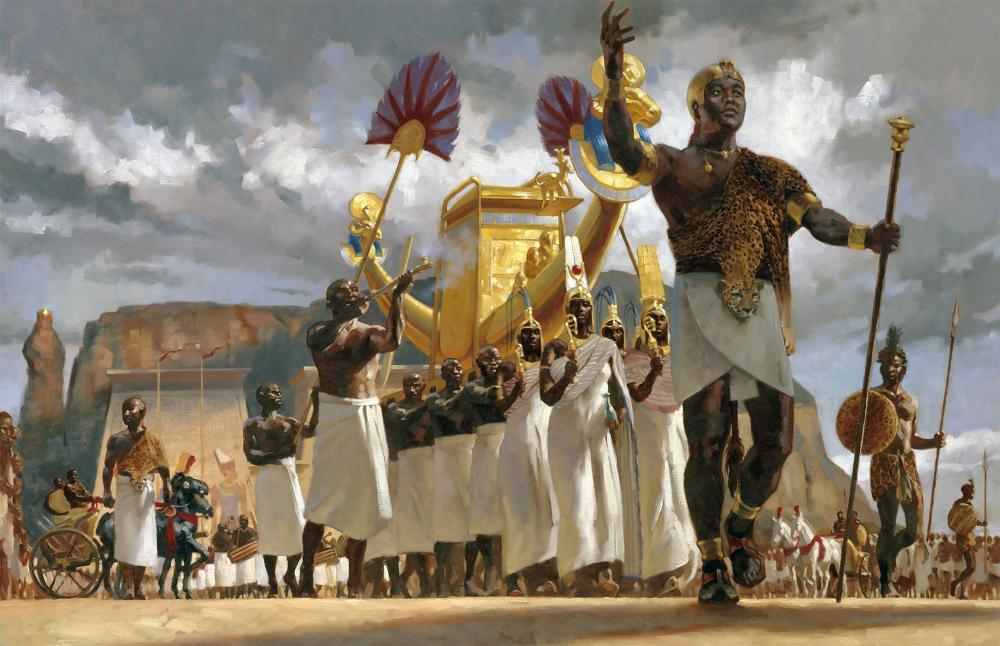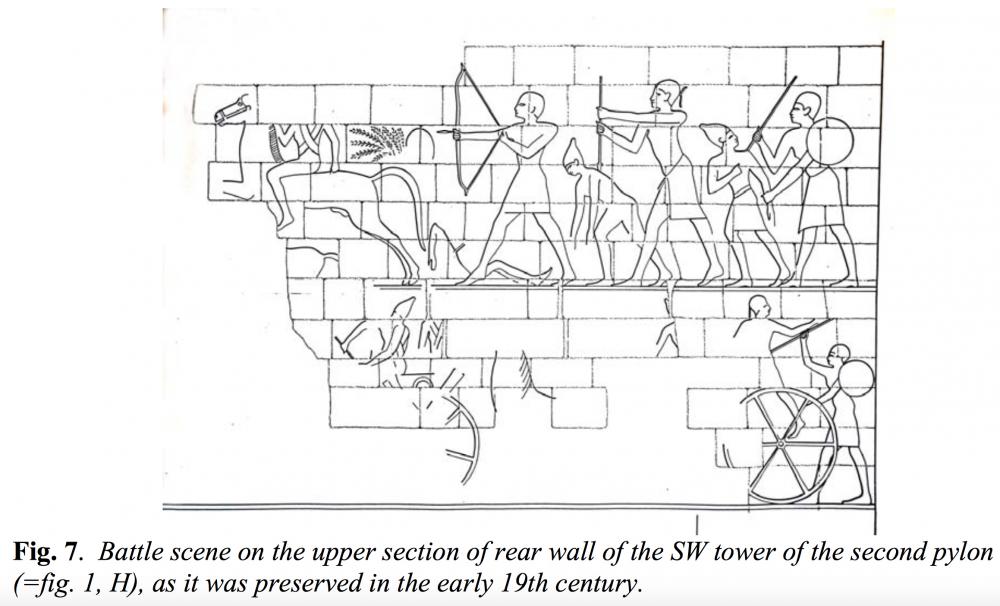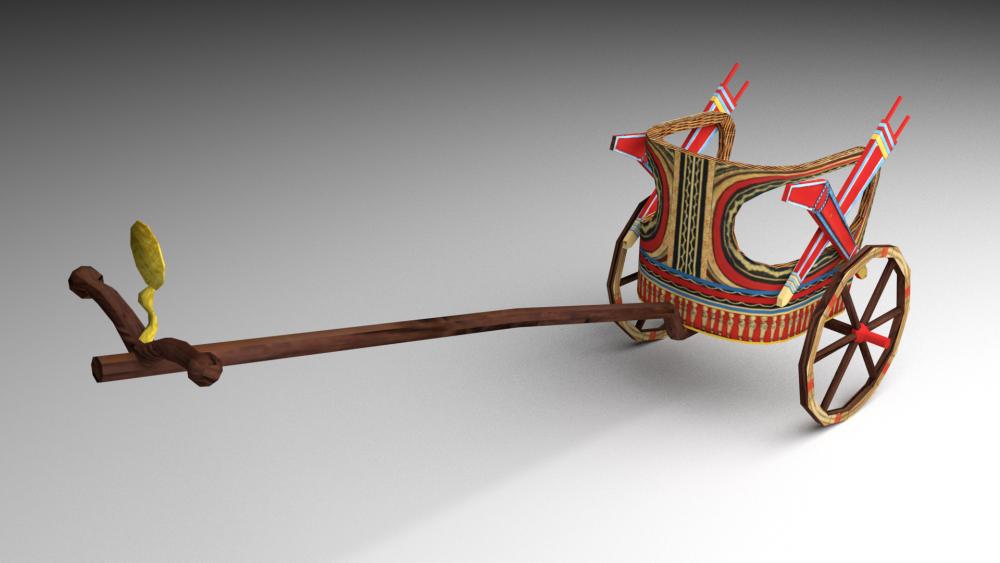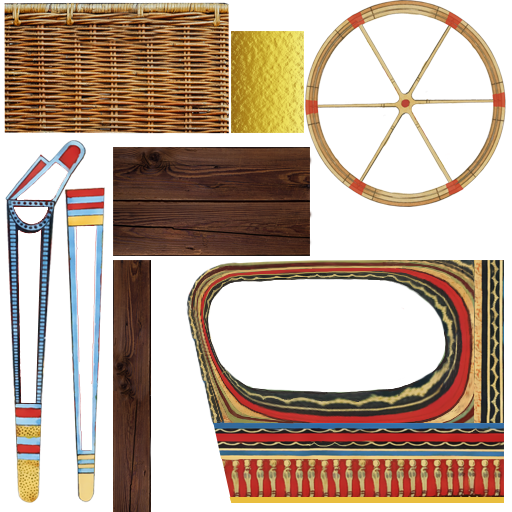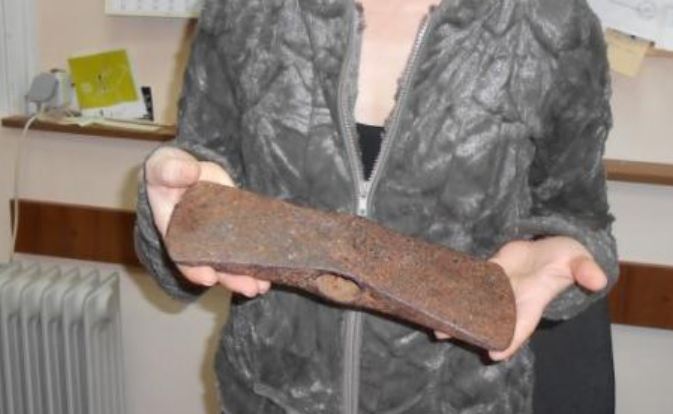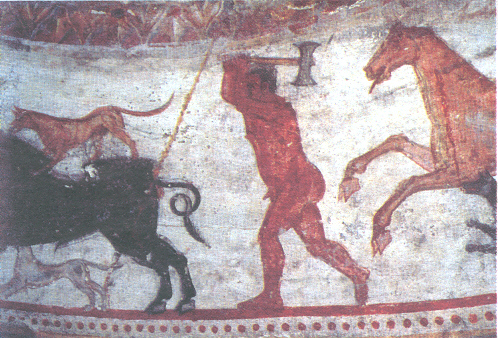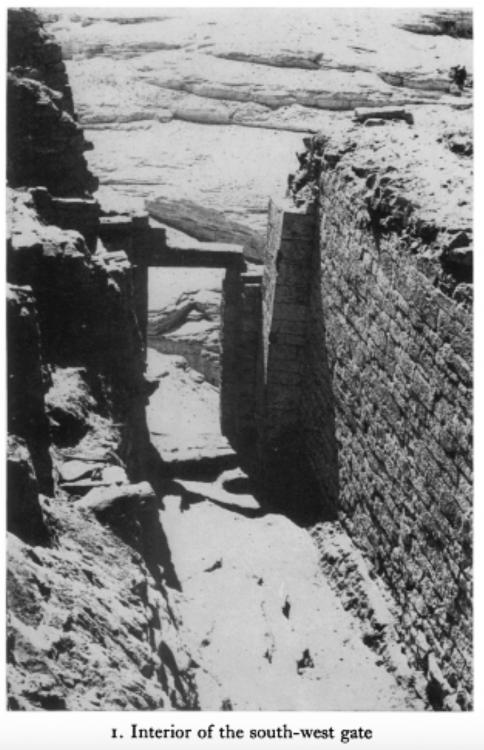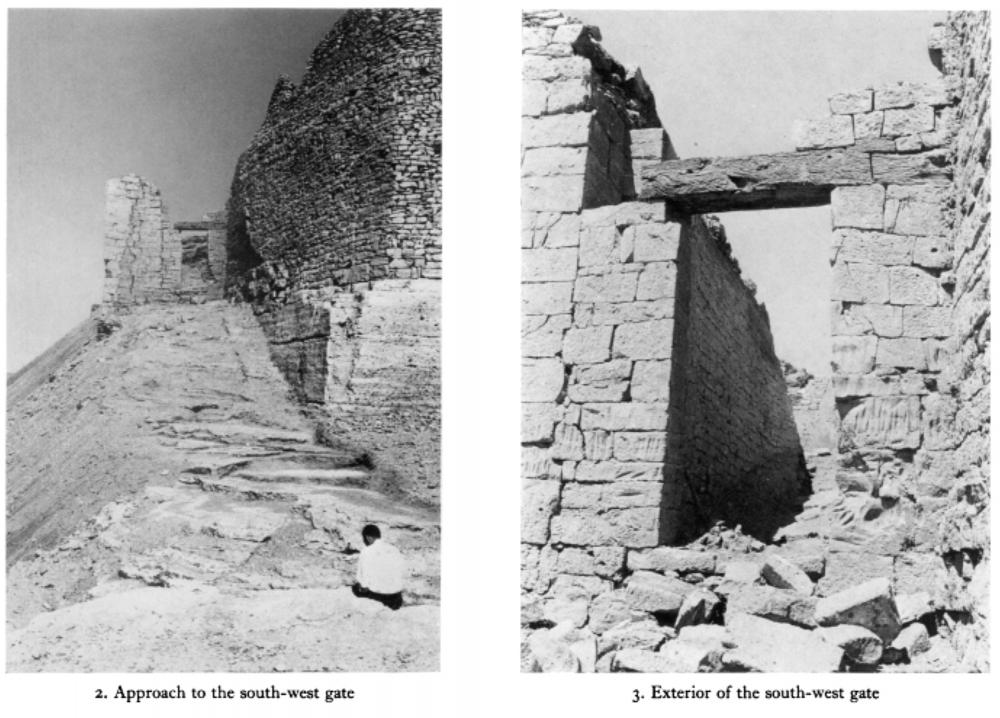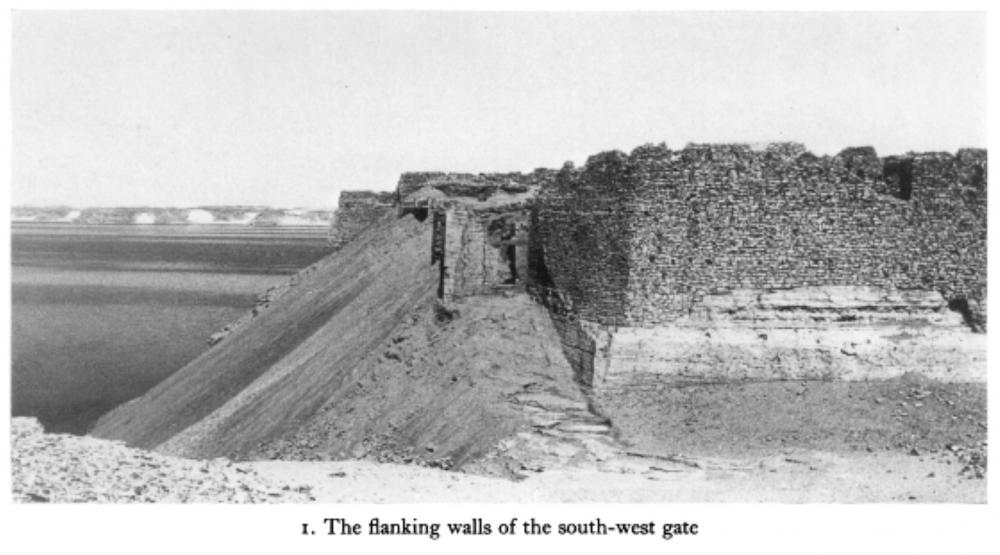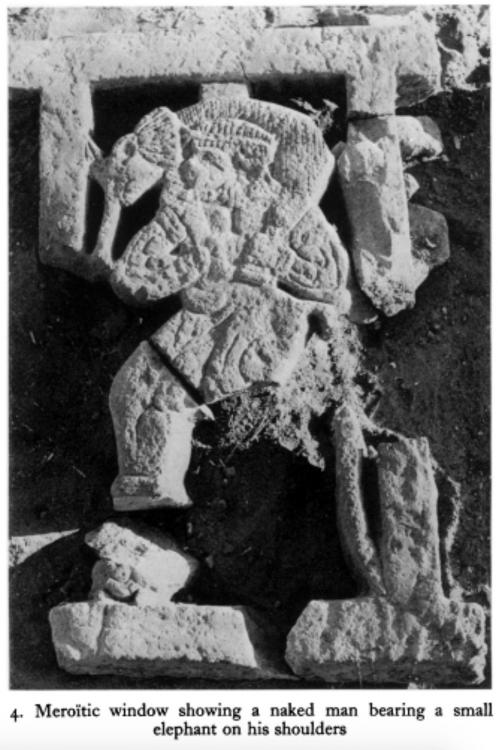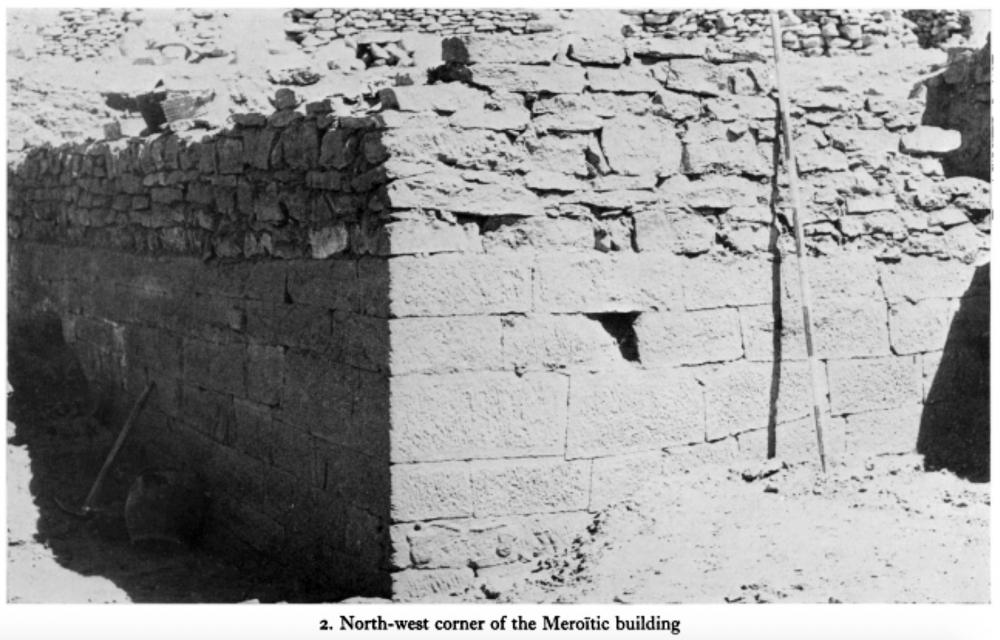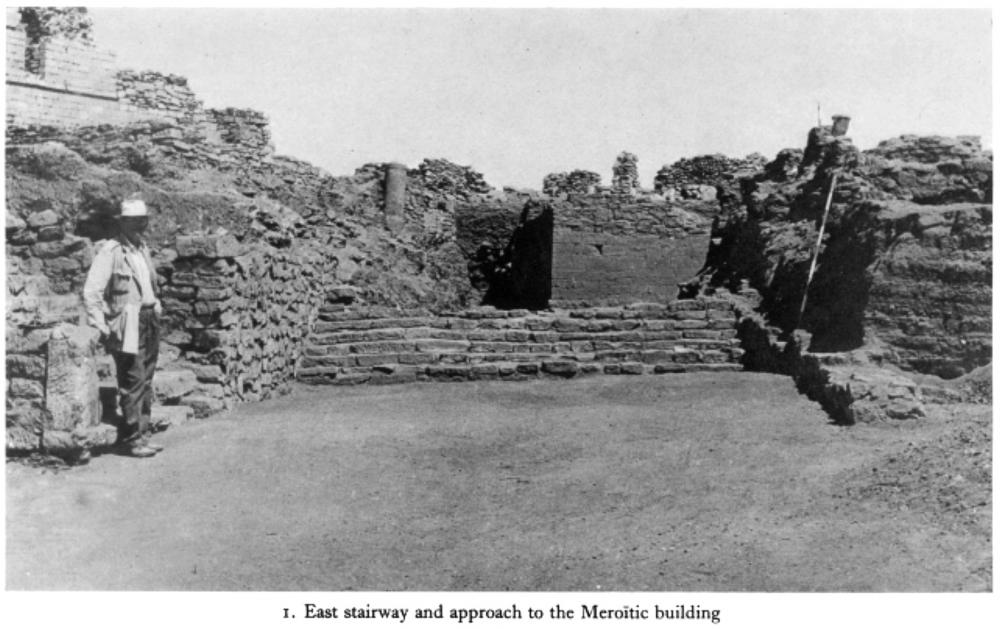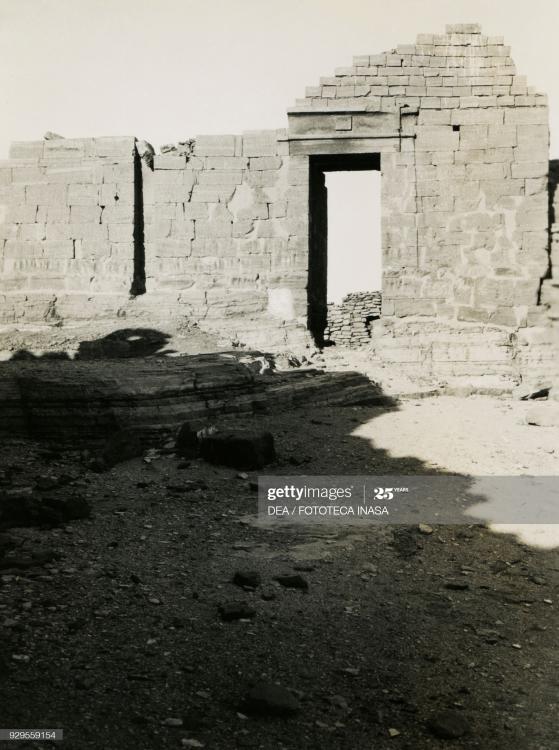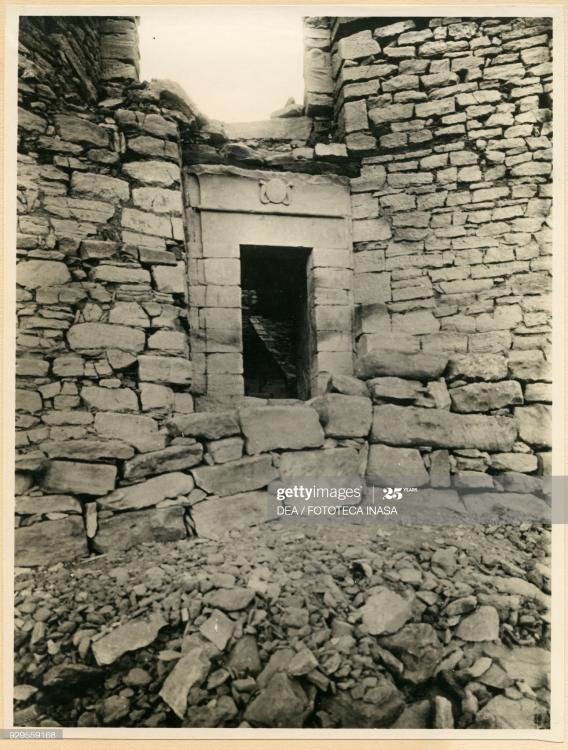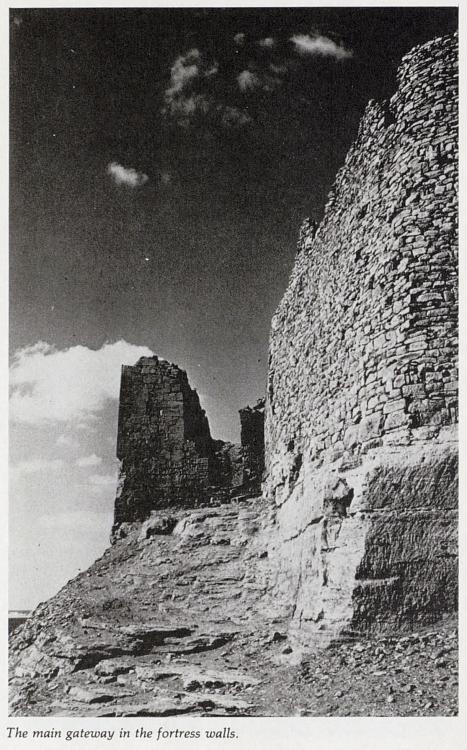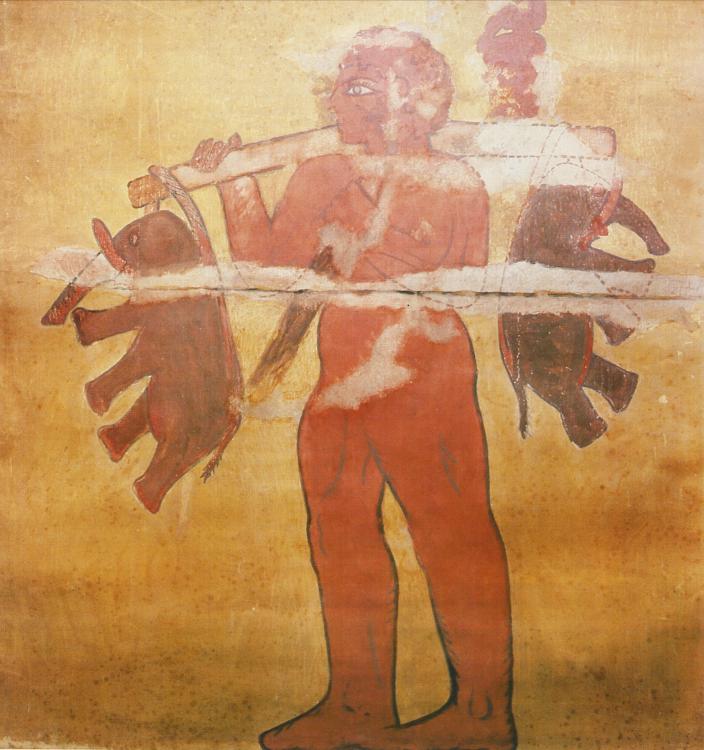-
Posts
2.332 -
Joined
-
Last visited
-
Days Won
60
Everything posted by Sundiata
-
Iberians were particularly associated with quality horses and even had an important dedicated horse sanctuary, so maybe let them start with a stable? That would be a good example of a significant civ-specific bonus rooted in history.
-
Wait... So they're invisible walls?? Ok, but I still don't understand the rational behind it? To me, personally, they always felt restrictive and totally mess up your town planning. Shouldn't it at least be the players choice, to choose whether they start with starting walls or not? For me, it was always a reason not to play as the Iberians. I know you can just delete them, but that always felt like such an ugly, inelegant solution, and it always felt weird to have to delete perfectly intact walls even though I didn't want them. Outside of scenario maps, where you already have a starting scenario set up (possibly justifying starting walls and other pre-built things), shouldn't all agency for building be left with the player? For me, stone walls were always the cherry on the cake in the late game, and not a cheap gimmick at the start of every single game you play with the Iberians.
-
Nope, literally none of the skirmish maps have starting walls for the Iberians. (I just checked every single skirmish map). But as I said, I that's how it should be imo. I see... *None of the skirmish maps. I agree. Fortresses weren't usually recruitment places and siege equipment was usually made on the site of a siege, or prefabricated at some dedicated workshops or camps in some instances if I'm not mistaken. These things might not be totally out of place for the Romans, but don't really apply to anyone else to my knowledge. It is not one or the other. 0 A.D. is a historical RTS game so we focus on game mechanics rooted in history where possible. Think of it as a placebo effect (a very strong and real psychological effect). Even today, some people still go to faith healers and claim they were cured of whatever. They can even make the cripples walk! Charlatans aside, clergy were often medical care givers, whether it was tending to the sick, or performing "miracles", people back then did believe in their power, and they did provide some care for the sick, so therefore it's a fair abstraction imo. Priests did often accompany armies... But that's already possible with a temple tech, which allows idle soldiers to heal slowly.
-
None of the skirmish maps actually have Iberian starting walls... Not that I'm complaining Sure, I'm not opposed to that, but: That's really not what 0 A.D. is about. We all know that classical RTS format doesn't lend itself well to simulator level realism nor to historical accuracy, but the point is, we try, and to a degree succeed, in bringing something that is at least rooted in history. That's kind of the whole point of this game. A fun RTS with more than just a historical veneer... There's abstraction, and then there's fantasy. Abstractions are unavoidable. But we try hard to avoid fantasy (we have mods for that). @gui456wSERTDYF: And I believe in another thread someone was complaining that the towers are OP... It just shows that the meta hasn't been established yet, as others have pointed out. Maybe arrows are OP, I can't tell, but I doubt it will become clear before a few weeks from now.
-
Well, interestingly, on the skirmish maps Iberians don't start out with walls (anymore? That's new right?)... It's only on the random maps now. I couldn't agree more.
-
I didn't reference borg, feld or vali's involvement. I think their work towards balance changes in Alpha 24 is a really great start. Perhaps not perfect of course, and there's always room for improvement, but it definitely seems like an overall improvement from the looks of it, and I'm glad they were so heavily involved. I was responding to you, and then went on a tangential note to emphasize some things that I don't think get emphasized enough. Everyone is entitled to their opinions, but when these opinions include that we shouldn't have walls, that the game plays too slowly, that we should increase turn rates again (potentially reintroducing dancing on non-hero units), architect elephants (elephants building), that the game benefits turtling etc, then I feel compelled to point out that those opinions are at odds with what most players think is enjoyable, and are opinions too heavily biased towards competitive play only. Don't get me wrong, I really don't disagree with everything you've said. But complaining that a game now takes 25-28 minutes for example, just sounds really weird to any non-multiplayer. Most of us don't play this game to get it over and done with as quickly as possible... By the way, I think unit rotation speeds look and feel fantastic now. Anyway, on the point of civ differentiation I agree, but as already said, we'll probably see more of that again in Alpha 25. But why focus on these random things like walls for the Iberians (why do they get walls, of all people?). Free houses for Ptolemies (why should they get free houses, of all people). Why should only Macedonians have arsenals? I'm personally in favor of differentiation through unique tech trees. Let most or all civs get the same basic techs, but then add a level or two of unique civ-specific techs that are actually rooted in the history of that civ, not this random stuff. Anyway, I'm not trying to single you out or anything like that. It's nothing personal. But the game also gets feedback here on the forum, on Facebook, Twitter, Instagram, Mastodon, the official Youtube channel as well as comment sections on random Youtube videos about 0AD, comment sections on random internet articles about 0AD etc. If we cater too much to these hardcore MP desires from a number of individuals, we also risk alienating a large number of players who have often complained that the game actually plays way too fast, to the point of being stressful and overwhelming, and if you pay close attention to the lobby, even there you will see plenty of games that are far less competitive in nature, being played by people who just enjoy hour(s)-long games building and experimenting and exploring and fooling around in a way that would make pro players laugh out loud, but they are an important part of the demographic as well, and there's nothing that stops us from catering to both. Clearly it does, otherwise we wouldn't be having this discussion. It's just that your opinion isn't the only one we have to take into account. There are probably hundreds of thousands of 0AD players each with their own opinion of where the game should go. Of course. You seem to underestimate how many opinions there are about 0AD. Your opinion, nor anyone else's can be taken as a design document. People don't just automatically agree with someone because of who said it, even if you're a top player... Most players aren't top-players and their opinions matter as well, so you'll always have to elaborate on the argument you're trying to make and defend it. That's normal in any discussion.
-
Really?? Who was complaining, when and where and why? Obviously it's not a cheat (obviously), so what were the legitimate arguments against it?
-
What about slingers, they seem quite capable of taking down elephants. How does champion infantry perform? Sure that's absolutely true, but just realize that most people don't see the game as some sort of mathematical equation. Casual players tend to be roleplaying, pretending to actually run a small kingdom, build a "city", raise an army, defeat their dreaded enemy in glorious combat, while taking in the views and such. Not looking at stat sheets. The game needs to be intuitive. Some tangential stuff: The other day I played a +2 hour game with some noobs that barely understood how to play. But they seemed to be having a lot of fun, just building their little settlements. There wasn't a single real battle in the entire game. I also just followed que and built a lovely little city, just for fun. There was literally no point to this game whatsoever. Yet it was one of the most relaxing games ever... A lot of people play like that. I've introduced the game to a number of real life friends and even relatives over the years and none of them ever play MP. They just enjoy casual fun, spending hours on a single map, building their perfect little town, enjoying the beauty of the maps and admiring the 3D models from all angles. They just want options and variety, even if they're not very useful, or even not useful at all. On the top of their wishlist are things like roads, different types of, walls statues, temples, monuments, plazas and gardens and other beautifications and unique buildings and stuff like that, and large unit rosters, functional formations and plenty of researchable technologies. Like, a lot. Some of it, more realistic or feasible than than the next. Stuff that would be utterly irrelevant to MP, but could still, to a degree, be accommodated in the game without compromising MP balance. It doesn't need to be all or nothing. It's possible to create a very full game that satisfies most casual desires, while still offering the more streamlined experience for competitive players just by virtue of them knowing which units and tactics are good for winning competitive matches and ignoring the rest. The casuals don't care about a few underpowered units or useless, frivolous buildings, and really expensive techs that no sane person would spend resources on in a competitive match. On the contrary, they love the availability of choice. Not: realizing that they've built, recruited and researched everything they could in 30 minutes or less. Don't get me wrong. The game should absolutely be well balanced. But it should also be intuitive, and facilitate this kind of roleplaying fantasy through immersion. For example, competitive game speed is too fast (almost stressful) for casuals, but not fast enough for competitive players. Unnaturally fast moving units, or superspeed animations are really immersion breaking for casuals. It's a really big no-no, but competitive players always want it even faster. But the game-speed can be manually adjusted, so this shouldn't even be a problem. The default speed should obviously look natural, not unnaturally rushed, because it looks weird and even stressful. Competitive players often have a different idea of fun and intuitive gameplay, and often loose sight of what is fun and intuitive (and immersive) for casuals, and that's something important to keep in mind as well. As for the historical accuracy part, I often see unhistorical (and unintuitive) stuff slip through, while very juicy historical details that could make every tech tree unique are more or less ignored. I think we should just get together and make a list of possible historically inspired techs and then pick and choose from them.
-
A very strange opinion for a historical RTS, imo. It's also empirically true that the vast majority of players aren't competitive multiplayers, but casual players who love to build walls for a variety of reasons. Anyway it's clear that the game's balance still needs some work, and that civilizations need to be diversified more, but as I understand, that was always in the works. Alpha 24 was just a first big, and necessary step towards addressing some longstanding gameplay issues, laying a foundation for future work. Also, the lobby isn't exactly an official discussion platform for game dev. I can understand it's a good place to get some quick feedback from competitive players, but if your serious about development, you should use either the forum or https://code.wildfiregames.com, so that whatever is discussed is archived and easily retrievable and reviewable. Lobby discussions are far too perishable, and probably too biased towards competitive play. I mean, I'd hate to wake up one day to a 0AD without walls because I missed some random lobby discussions. Just my two cents.
-
@Stan`, @wraitii, @vladislavbelov
-
I don't think archery ranges would make 0AD an AoE2 clone, but that's just my opinion. I agree with this strongly. Even just being able to recruit laborers and a weak cav-scout/hunting unit would be more than enough for me from the CC. Sure. In the end, I think we both sometimes dream of a game that makes virtually no compromises on historical accuracy, but since 0AD is a Classical RTS game, we have to make do with certain RTS conventions and such. And we just need to figure out when and where these compromises to historical accuracy are made, which is where many disagreements come from, I think. Sure, this is a good example, but I was also thinking about the level of prestige (and cost) associated with being a hoplite, for example, vis-à-vis an archer or a dedicated slinger or javelineer. These dedicated ranged units would, in many cases be recruited from not the top layer of the social strata. And probably marched and held drills separately from the melee units. I think. Noted. And if your friends jumped off a bridge, would you do it too? A silly joke... My humor is a hit and miss... Fair enough... Oooh, we agree! I would also like this very much... Not at all actually. We could have a poll, here on the forums and even social media, although a poll result isn't always the best measure for deciding on gameplay features. just saying that we could in fact, quite easily find out roughly what percentage would be in favor (and I'm sure it will be high). I shared one of the archery ranges on the social media accounts and there were no negative responses to the archery range at all. And it was actually quite a popular post. People will be wondering what happened to the archery ranges...
-
The problem with this argument is that "barracks" themselves aren't exactly historically accurate either (save for the Romans perhaps, whose barracks looked different than ours)... By and large, they are an RTS abstraction, like standalone towers. The thing is, archery ranges are a fun abstraction, and mesh well with the division between infantry, artillery, cavalry etc. And the distinction between archers at least, and melee infantry, I would argue is quite relevant. As far as I understand, they were usually recruited from different sections of the population (often even different places) and functioned as distinct units. Same goes for other infantry skirmishers like dedicated slingers and javelineers, like the famous peltasts. Of course, many ranged units would have a sidearm for close quarter melee combat if it came to that, and many melee infantry units would have had some javelins and even slings, but generally still operated quite differently to dedicated skirmishers. Basically, in my opinion ignoring the archery ranges is a missed opportunity, from an RTS perspective. I hope they make it into Alpha 25. The models are beautiful and unique, and I think they would look great in-game, and would be welcomed by a significant majority of the playerbase.
-
By the way, randomly saw this movie on tv a while back... Probably shouldn't be used as a reference... But it was kind of an enjoyable watch nonetheless...
-
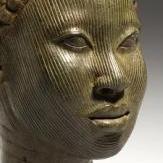
[localization] project languages
Sundiata replied to Nescio's topic in Game Development & Technical Discussion
Yes, I did read my own source before sharing it here . I'll just let people read the text themselves (in its entirety) and let them make up their own mind about it. Yes, I did see it but didn't consider sharing it here because Tom Güldemann is not a specialist on North East African languages. He seems to be a generalist. But even though he takes quite a neutral stance in the debate, even he seems to treat Rowan more like an afterthought... And I just read the critique by Edward Lipiński. He's a Bible scholar who's obsessively trying to relate Meroitic to Semitic. I can't recall ever seeing so many mental gymnastics in an academic paper before. Difficult to take serious... Please, feel free to read his critique and tell me what you think of it yourself: http://cejsh.icm.edu.pl/cejsh/element/bwmeta1.element.hdl_11089_4031/c/No_2_2011.87-104.pdf Understandable. But as I said, I'm just following Rilly on this. Not making any outlandish statements here. That's just the current state of research. More problematic than modern identity labels is their projection onto the past. I take no issue with people labeling themselves one way or the other, but seeing history through the lens of these modern labels is highly problematic and distorts many histories in many different ways... -

[localization] project languages
Sundiata replied to Nescio's topic in Game Development & Technical Discussion
I'm basing myself primarily on the work of Dr. Claude Rilly, one of the foremost specialists in Meroitic studies: "Doctor in Egyptology and linguistics, director of the French archaeological mission of Sedeinga (SEDAU), co-editor of the Meroitic Newsletters, member of board of the International Society for Nubian Studies, of the Sudan Archaeological Research Society, of the Sudan Archaeology Society (Khartoum), he is currently a research fellow at the CNRS and director of the SFDAS. He is regarded as one of the world’s specialists in Meroitic language and writing on which he wrote his PhD thesis at the EPHE (a higher education institution of training and research in humanities and social sciences). His research fields concern African linguistics, historical linguistics, Meroitic studies and North Eastern Sudanic languages in a comparative approach." Of course, he has his detractors, but they are not as widely cited in specialist literature as he is... I think Dr. Kirsty Rowan of the University of London is one of the main contemporary proponents of the Afro-Asiatic classification, and disagrees strongly with Rilly and most other specialists, although she seems less specialized in Meroitic studies than Rilly and her work is also critiqued. Me and most others strongly favor Rilly's work for a number of reasons, but I'm personally not a linguist so there's not much I can say other than that Rilly is far more widely cited in specialist literature. Rilly states: "The position of Meroitic within the Nilo-Saharan phylum, and more precisely in its main branch, East Sudanic, had already been assumed by Bruce Trigger in the 1960s, but without sufficient linguistic evidence (Trigger 1964). The present author recently confirmed Trigger’s assumption. Meroitic belongs to a sub-group of East Sudanic, which I had termed “Northern East Sudanic,” also comprising Nubian (a group of languages from the Nile Valley and western Sudan), Nara (a dialectal group from Eritrea), Taman (a dialectal group from the Chad-Sudan borderland), and Nyima (two languages from the Nuba Mountains in Sudan)" You'll probably find this an interesting read: the entry for Meroitic in the UCLA Encyclopedia of Egyptology by Claude Rilly: https://escholarship.org/uc/item/3128r3sw He has written a number of books on the subject that go into much greater detail, if you're interested (though I've only read excerpts myself) Of course languages aren't just deciphered/translated and classified using bilingual texts. When available, they are the holy grail for translations, sure, but they are not common. Other approaches are required to help translate and classify Meroitic, which have focussed on comparative methods. Aside from obvious loanwords, Afro-Asiatic consistently seems to lead to a dead end, while there is a growing understanding of the relations between Meroitic, Old Nubian, and modern Nubian languages as well as a few other Eastern Sudanic languages. Sure, but not entirely relevant here. We're talking about Eastern Sudanic Languages here. Their (sometimes contested) relations to Saharan (and certain Sahelian languages further West) are of no concern to us here. The Nubian Language family is entirely uncontested to my knowledge and their relation to a number of other Eastern Sudanic languages are widely accepted. It's within this context we're talking. I think a lot of specialists would disagree. It seems to be mostly non-specialist, more generalist linguists who contest this. But again, I'm not a linguist myself... You missed the most important part: historical Kush → Biblical Cush (grandson of Noah) → ...?... → unrelated Cushitic languages. In the 19th and the first half of the 20th century, scientific racism informed many academic opinions on Nile Valley history (and African history in general). The Afro-Asiatic speakers of the Eastern Deserts have skull types and hair types that led certain types of people to classify them as so-called "Caucasoids", distinct from the inherently inferior "Negroid" types. So when the true extent of Kushite civilization started to be uncovered, there were attempts to reclassify the archetype Aethiopian of Antiquity as Caucasians with darker skin. But this idea conflicts with the actual populations of the Upper Nile regions, so a convoluted explanation was fabricated, claiming that the "Caucasoids" of the Eastern Deserts were the real Kushites (hence the term "Cushitic"), while the local populations were more recent transplants with no claim to the history of the region. It's rooted in things like the Hamitic Hypothesis and things like that... Modern academics don't even touch these subjects anymore... It was just an embarrassing period in Western academia that we'd all just like to forget about, but one way or the other, inadvertently, and often indirectly, still influence modern historical narratives, especially outside of specialist circles, in the general histories. By the way, the biblical Cush is also clearly associated with the historical Kingdom of Kush in a number of verses. And medieval Hebrew oral traditions even cite Meroë as the capital of this Kushite Kingdom (which Moses supposedly ruled for some time, following an Egyptian military expedition he led, even marrying a Kushite princess, according to these traditions). -

[localization] project languages
Sundiata replied to Nescio's topic in Game Development & Technical Discussion
Yeah, Kush with a "K", is used to refer to the ancient Kingdom of Kush, while Cushitic with a "C" refers to the Cushitic languages, spoken by non-Kushite peoples, even though both Kush and Cush obviously share the same etymology. Lay people confuse these two all the time. I don't think that the official standardizer, la RAE, is a historical source, and considering how often this stuff gets confused even in English, I'm not sure we should follow "official standardizers". When we look at the Spanish Wikipedia page for the Kingdom of Kush, we get 6 matches for "Kushita" and only one match for "Cushita" (the second match for Cushita refers to the unrelated Cushitic languages). Cushitic languages are Afro-Asiatic languages, while Kushites spoke a branch of proto-Nilo-Saharan. Using Cushita or the even rarer Cusita with a "C" even risks playing into Oromo nationalist sentiments and the likes, who like to illegitimately claim Kushite history for some ugly reason.... There's a whole, really ugly backstory for why "Cushitic" languages were named as such and it's highly inappropriate for us all to continue using that term, but these things are difficult to change once they've been coined. Either way, we should not continue associating Cushitic people with Kush proper, even if official standardizers (who know nothing of this history) say so. I know it's confusing... But it is what it is... -

The Kingdom of Kush: A proper introduction [Illustrated]
Sundiata replied to Sundiata's topic in Official tasks
The Ptolemaic ship in-game was a placeholder that has been replaced by 2 dedicated Nile boats in Alpha 24. The decision to temporarily use the Ptolemaic ship was based on their proximity and interactions with each other, but I haven't seen any literal sources stating that Kushites ever used Ptolemaic triremes. One interesting note here is regarding one of the rarely mentioned, yet one of the most difficult periods in Ptolemaic history, namely the Great Revolt of Thebes, during which a short lived native Upper Egyptian Dynasty ruled Egypt from Aswan (close to the border with Lower Nubia) to Asyut (Middle Egypt), for almost 20 years, from 205 BC to 186 BC. The first of 2 Upper Egyptian pharaohs during this period, Horwennefer reconquered Upper Egypt from the Ptolemies with Kushite military support. See: "Second decree of Philae: demotic and hieroglyphic text on the outside wall of the mammisi (temple of royal birth) at Philae.", 186 BC: "When it was announced to his Majesty through the mouth of a friend of his Majesty, who loves the king, by the chief of the cavalry Aristonikos son of Aristonikos, concerning Komanos, who is one of the first friends of his Majesty: "A battle took place in the South in the area of Thebes with the impious man, the fiend of the gods Hr–wnf and the troops of the Ethiopians, who had united with him, slaying them, seizing as captive this wicked men alive," [...] "On the 3rd of Mesore it was announced to his Majesty: Hr–wnf has been captured alive in the battle against him in year 19, on 24 Epeiph. His son was killed, the commander of the army of impious men, together with the leaders of the Ethiopians who fought on his side. He was brought to the place where the king was. He was punished by death for the crimes, which he had committed, and so were the other criminals, those who had rebelled in the sedition, which they had made." Also important to note that the revolt started as early as 207 BC in Edfu, basically on the border with Lower Nubia... And according to the linked paper, after the final defeat of Ankhwennefer, Horwennefer's successor, he fled south, possibly/(probably) to Nubia. See: https://www.lib.berkeley.edu/sites/default/files/files/TheGreatRevoltoftheEgyptians.pdf @Nescio & @Genava55, see that paper, it says something interesting about the possible causes of the revolt. Stating that "native Egyptians were armed and trained in order to fight in the Macedonian phalanx. They became self–confident and, when they found a leader, they revolted.". Which may mean that Kushites weren't just fighting against the Macedonian phalanx, but actually fought alongside Egyptians trained in this formation, which in turn might explain the adoption of long pikes or even specifically the sarissa among the Meroitic Kushites as well. Just a thought... I've actually been researching the topic of gunpowder artillery among precolonial subsaharan African states, and cannons among native states of the Guinea Coast from Sierra Leone to Nigeria were indeed surprisingly widespread. For example I found one Itsekiri merchant chief, Nana Olomu, who possessed at least 106 cannons and 1640 kegs of gunpowder! Jaja of Opobo for example had 50 war canoes fitted with breechloading cannons and he even had machine guns... Oba Kosoko, the King of Lagos used more than 40 cannons during 2 battles, trying to resist the British conquest. But I've honestly never seen any references to 20 swivel cannons on a single African ship. The highest number that I've come across so far, for a single boat, was among the navy of Allada. In a 1778 operation, Allada used two armed boats, each of which had 4 brass swivel guns and 24 large calibre blunder-busses mounted on it. Most of the African gun boats would have looked more like this though: King Eyo's state canoe: King Koko's war canoe: Igbo war canoe: Honestly, I believe this thread contains the largest number of depictions of Nubian boats you'll find anywhere... Kushite naval history hasn't been written yet...- 1.040 replies
-
- 2
-

-

-
- civ profile
- history
- (and 5 more)
-

The Kingdom of Kush: A proper introduction [Illustrated]
Sundiata replied to Sundiata's topic in Official tasks
Oops, I guess I saw this but read over it. The Carthaginian/Iberian ram is far more generic and therefore more appropriate for the Kushites. The Assyrian ram is way too specific/iconic. Anyway, we'll just try to make something unique for the Kushites in Alpha 25. A few more lion statues from the Lion Kingdom (literally found from the northern most, to the southern most provinces of the Kingdom): Lion-headed spout for a wine press: And another lion-headed outlet for a press: Oldie but a goldie: The Meroitic statue behind the lion is very interesting as well. Local Kushite manufacture that contrasts strongly with other millennia long classical Nile Valley principles in statuary. This piece is heavily influenced by Greco-Roman traditions: And a few Kushite sphinxes: Sphinx of King Aspelta Sphinx from the Amun Temple at Gebel Barkal, Napata: Sphinx of King Senkamanisken: Sphinx from Meroë: This one is actually from Karnak, Thebes, Egypt, and is a 25th Dynasty Sphinx depicting the Kushite princess Shepenwepet II, High Priestess of Amun, and daughter of King Piye:- 1.040 replies
-
- 2
-

-

-
- civ profile
- history
- (and 5 more)
-

The Kingdom of Kush: A proper introduction [Illustrated]
Sundiata replied to Sundiata's topic in Official tasks
It wasn't even such a qualitative video. Lot's of little mistakes. But I just had to share because of the art... Even though they weren't credited, it's still nice to know that a quarter of a million people saw their art.- 1.040 replies
-
- civ profile
- history
- (and 5 more)
-

The Kingdom of Kush: A proper introduction [Illustrated]
Sundiata replied to Sundiata's topic in Official tasks
For those of you who are interested in the history of Nubia after the Kingdom of Kush, Kings and Generals just did a video on Christian Nubia. Not a terrible introduction to the history: Here's a recent Youtube video on the history of Kush. It features the artwork of @LordGood and @Victor Rossi, so I couldn't not share it Nice... Not thrilling... But nice...- 1.040 replies
-
- 1
-

-
- civ profile
- history
- (and 5 more)
-

The Kingdom of Kush: A proper introduction [Illustrated]
Sundiata replied to Sundiata's topic in Official tasks
I don't want to flog a dead horse, but a while back, the idea that Kushites had stone vaults was ridiculed by one of our forum members. Although none of the structures in-game actually feature any stone vaults (our vaults are made from brick). That said, just for the sake of being complete and setting the record straight, Kushites did in fact have stone vaults. Here's an example: Remains from another stone-vaulted chamber, I think from a grave (some of the pyramid chapels also had vaulted chambers): I have been sooo absent these months. Sorry guys... I've been focussing heavily on visualizing many other aspects of various African histories that are unknown to the general public and aren't known to most specialists either, so I feel a heavy responsibility to make it more accessible to people. I've been posting this visual material in another dedicated history forum, which has been eating up my time. Also, I've been having serious issues loading most pages on this forum for some reason... Anyway, research into Kushite history never stopped, and I now have a scary amount extra reference material, that I'm having some trouble organizing it in a presentable way. Anyway, I'll just make some bite sized posts for now. One thing that's quite unique to Kush in African history is the use of water pipes/plumbing in some of their elite structures. I believe aside from the Kushites only the later Swahili had developed plumbing. This one is from Meroë, pretty sure I posted it before, but here's a different angle of the drainage pipe from the Royal Baths: And this one is from Musawwarat es Sufra: I also wanted to share this cool image of a tiled floor in a temple in Meroë. These kind of tiling is usually obscured by sand, which is deliberately used to cover the ruins, to protect them from the elements, but it also, well, obscures them, which means that most people don't really ever get to see them. I think they're an excellent demonstration of elite architectural finishing rarely associated with Nubian archaeology, but very much a part of the mix as well: Most of the floors of course wouldn't have been quite as luxurious. Remains of some stone flooring in a Meroitic temple at Abu Erteila (turn of the Common Era): Another chamber from the same temple complex: I actually don't think I've mentioned much about the site of Abu Erteila before, but it seems to have been yet another royal complex, complete with temples and a palace, probably built during the reign of Queen Amanitore and King Natakamani. Site plan of the excavated sections of the temple complex at Abu Erteila: Site plan of the excavated sections of a palatial structure at Abu Erteila: Few more details from Abu Erteila: Lion headed water spout from Abu Erteila: Some of the stone lions of Abu Erteila: I'm still a little surprised that no-one has dubbed the Kushites: "The Lion Kingdom" yet. Seems exceptionally appropriate.- 1.040 replies
-
- 1
-

-
- civ profile
- history
- (and 5 more)
-
-

===[TASK]=== Crowd Sourced - Thracians (Faction)
Sundiata replied to Cleo's topic in Game Modification
Hmmm, I don't think silence means consent. Thracians with both "traditional" as well as Odryssian Kingdom references is perfect in my opinion, as they coexisted. Stone and wood is good. But the stones should actually be well cut in the Hellenistic inspired structures. But most Thracian architecture wasn't Greek style cut stone. Thrace was relatively densely populated, and sites like Seuthopolis and Helis (isn't that one Getic?), definitely represent a fractional amount of the population. So indeed, good references for elite structures, but not for the rest. But the Dacian capital Sarmizegetusa also featured stone architecture and even a stone paved road. It's better to just use Dacian references for the Dacians and Thracian references for the Thracians, regardless of comparisons between the two. They shouldn't be artificially contrasted, nor equated. There's enough material in this thread to create a number of referenced structures, unique to Thracians, as well a number of referenced structures for Dacians. That should be the start. Here's an article about a Thracian axe recently returned to Bulgaria. A Bulgarian archaeologist describes it as a Labrys, and points out it was probably a battle axe, also saying "She points out that the Ancient Thracians used the double-bitted labrys ax for both battle and hunting as well as a cult (religious) artifact, and a symbol of power." http://archaeologyinbulgaria.com/2014/03/14/mysterious-benefactor-from-maryland-returns-thracian-ax-labrys-smuggled-from-bulgaria-to-usa/ The axe looks a lot more functional than ceremonial axes (more ornate ceremonial axes usually don't look so functional): And at least one Thracian mural shows it's functionality as more than just a religious symbol: Something like this would be cool. -

The Kingdom of Kush: A proper introduction [Illustrated]
Sundiata replied to Sundiata's topic in Official tasks
I recently came across a very rare photograph of a decorative Meroitic period stone cut window featuring some kind of figurative lattice work, from Qasr Ibrim, which was in itself a pretty interesting architectural feature that I was unaware of. It's is a figure of a man, carrying an elephant on his shoulders, comparable to a mural from the royal city in Meroë, with noticeable Hellenistic influence and possibly represeting a Nubianized Heracles: The mural from Meroë? More cool shots of Qasr Ibrim:- 1.040 replies
-
- 2
-

-
- civ profile
- history
- (and 5 more)
-

===[TASK]=== Crowd Sourced - Thracians (Faction)
Sundiata replied to Cleo's topic in Game Modification
Definitely, there was a lot of Hellenization in Thrace, especially the Odryssian Kingdom, but I don't feel like going full Hellenistic is the right choice. It's my impression that outside of a few royal centres, Hellenistic modes of living weren't as pervasive as you'd expect from truly Hellenistic states. Hellenistic influence seems to be much more of an elite thing, hence it's relevance for elite structures, but Thracians weren't highly urbanized and these Hellenistic style displays of wealth and power probably aren't representative for all of Thrace. So I'd propose of mix of rural Thracian style (lots of wood) for non-elite structures, and Hellenistic influence in elite structures.

